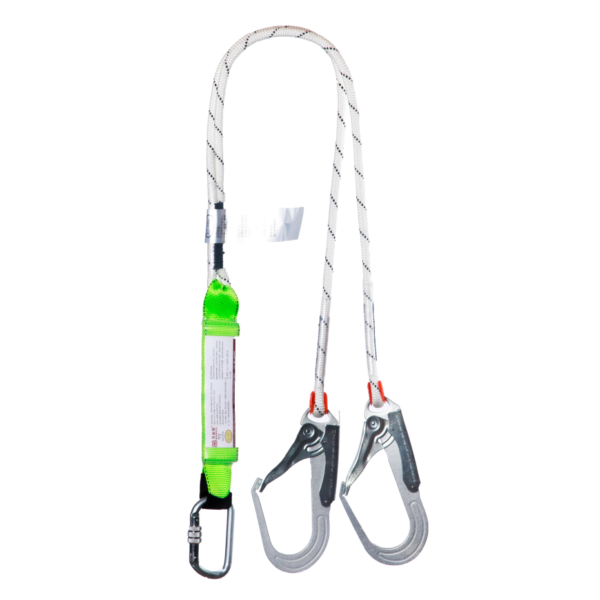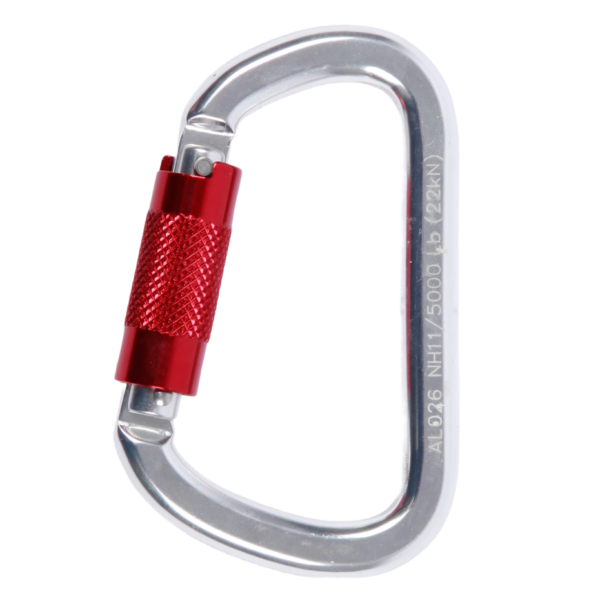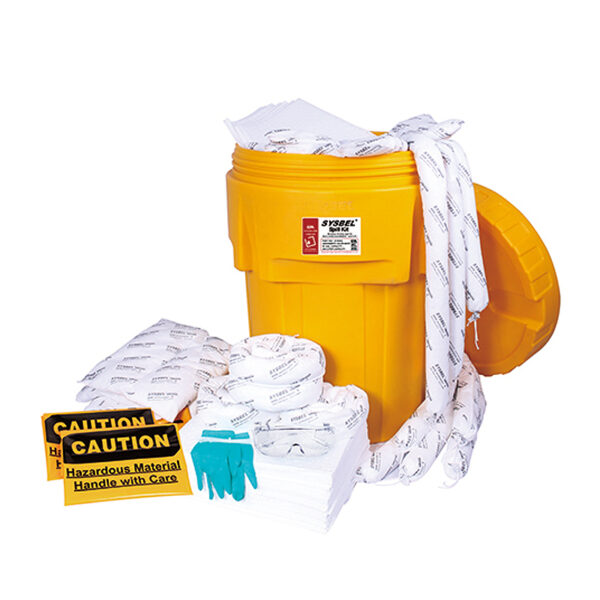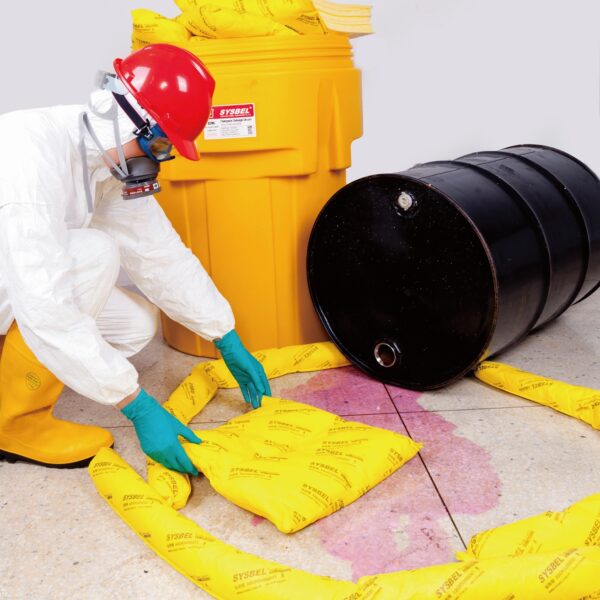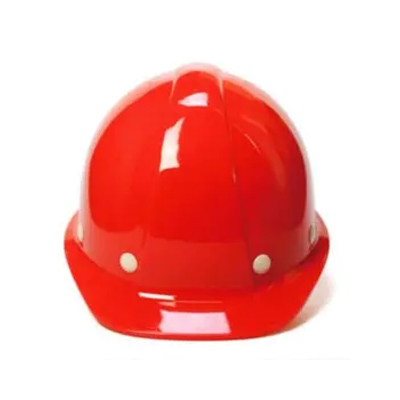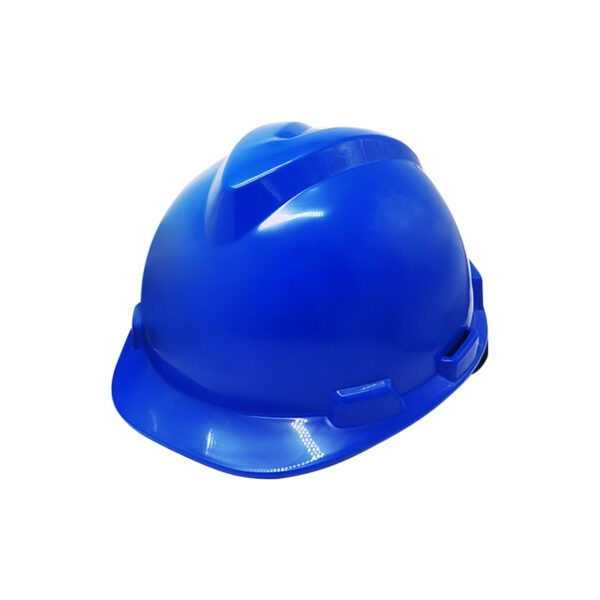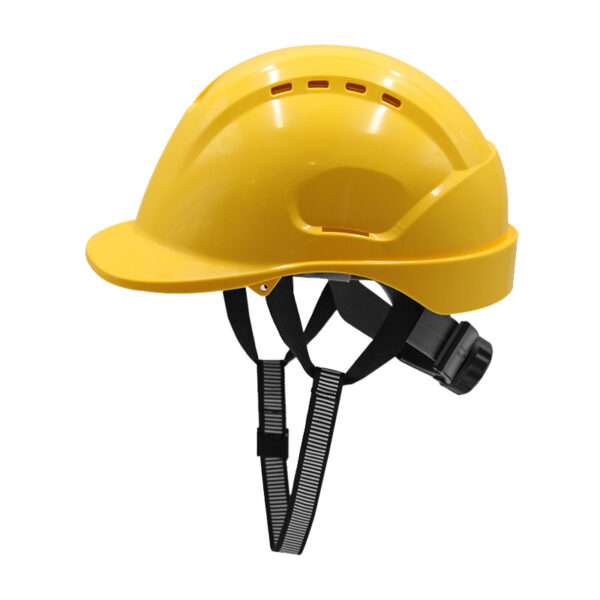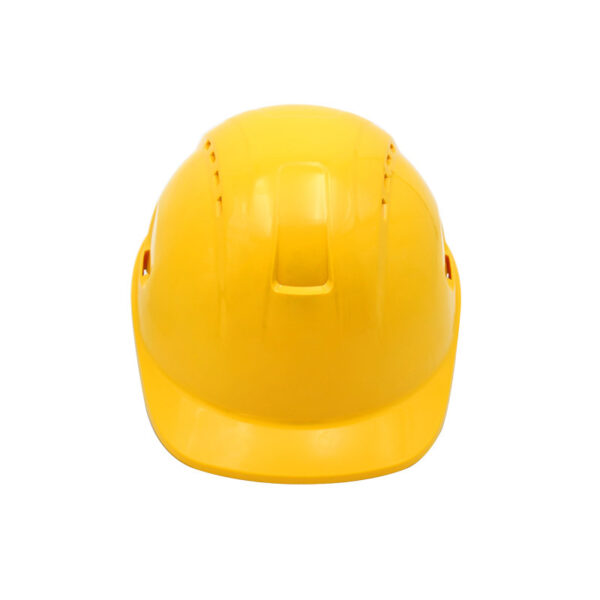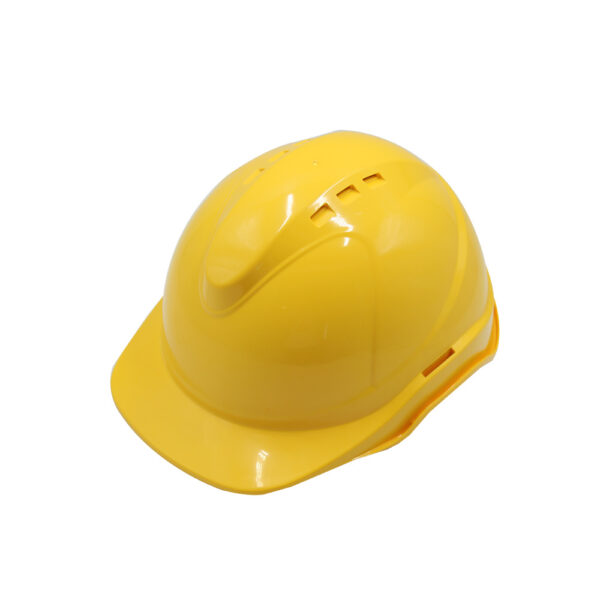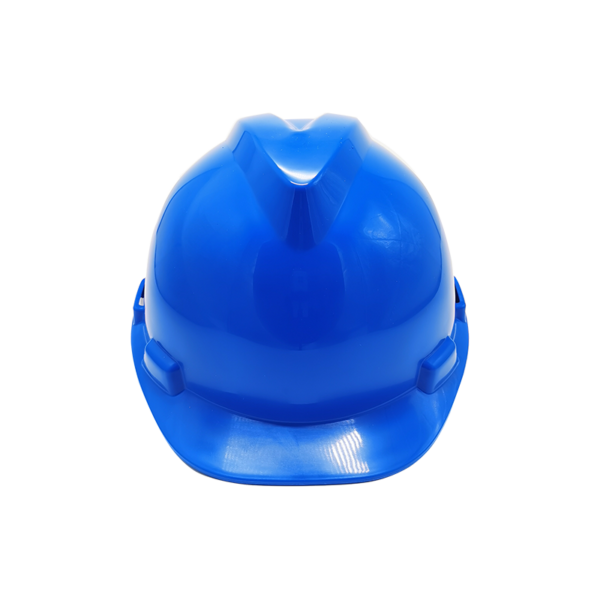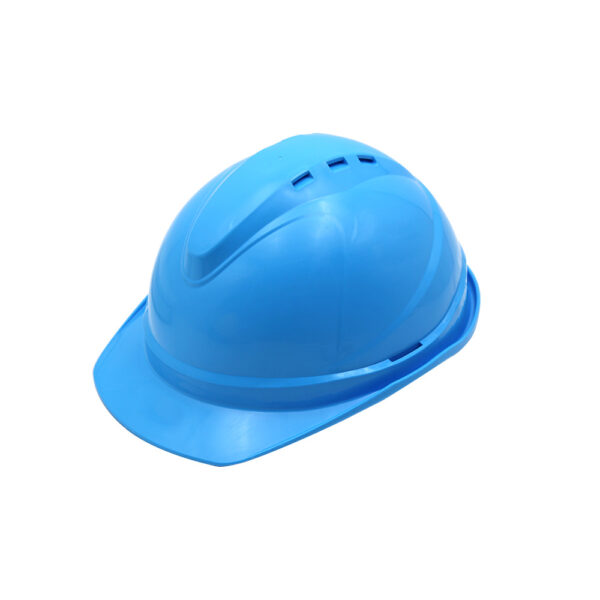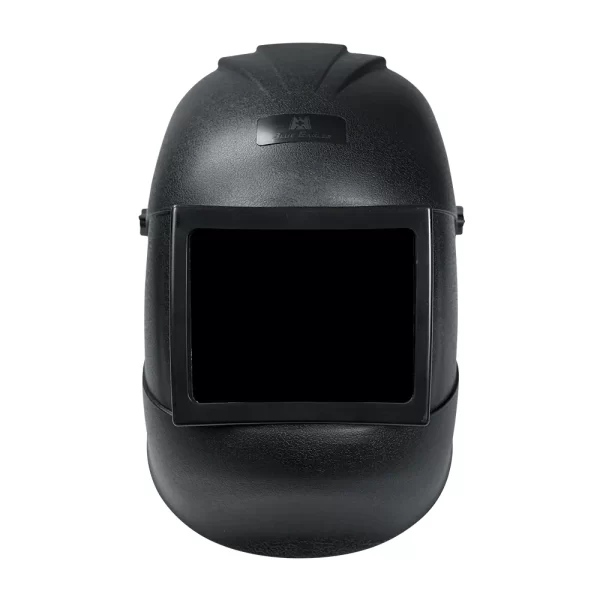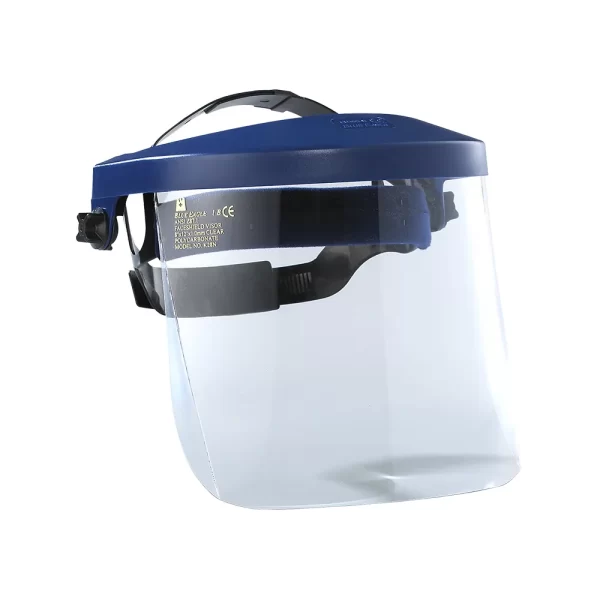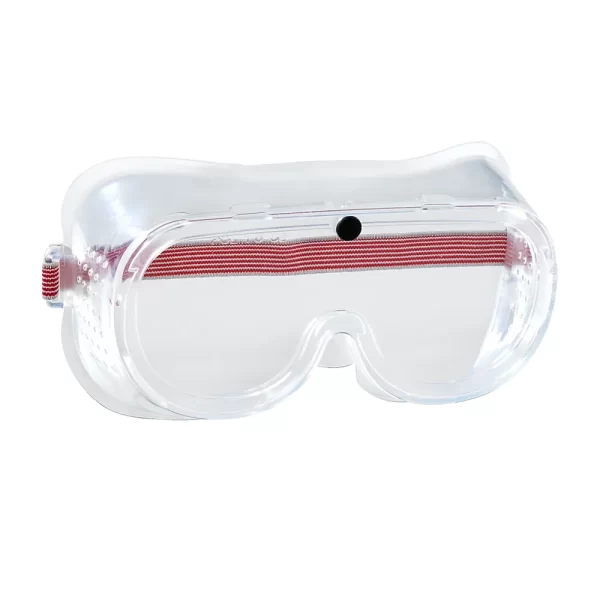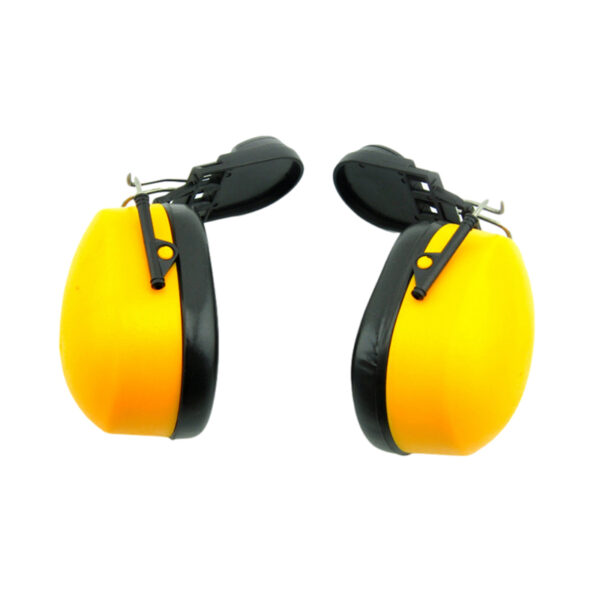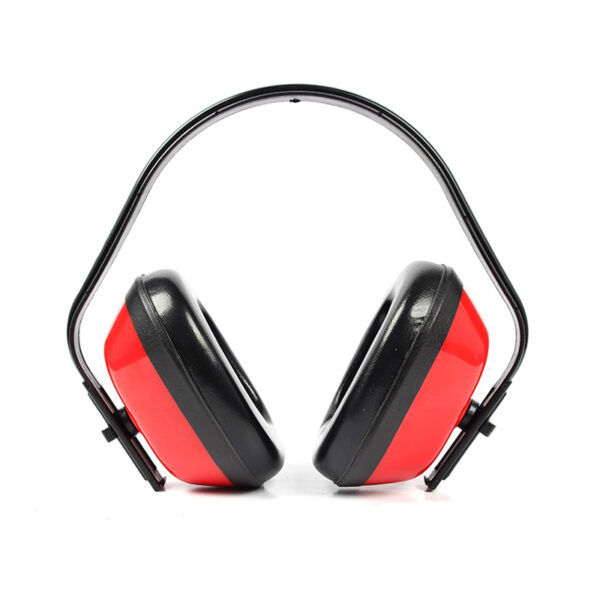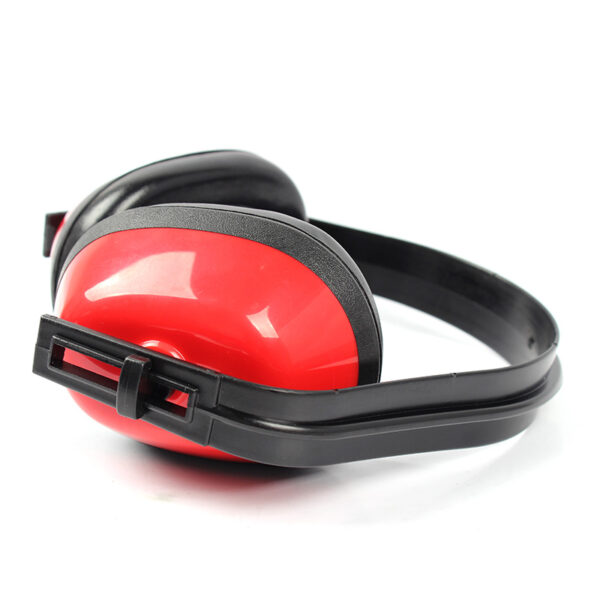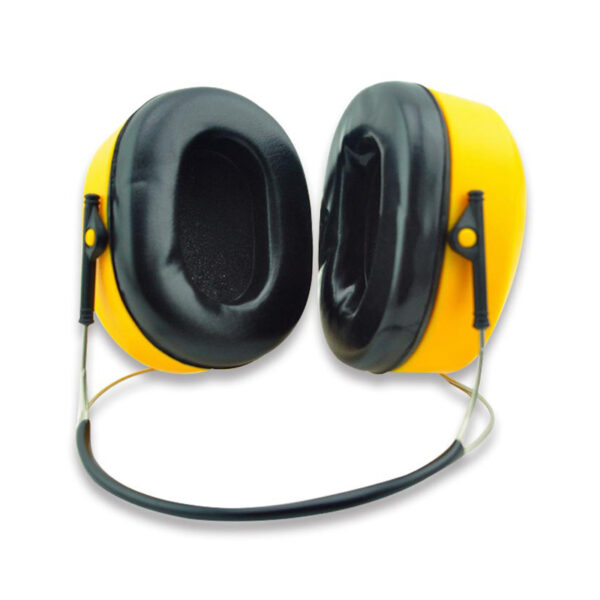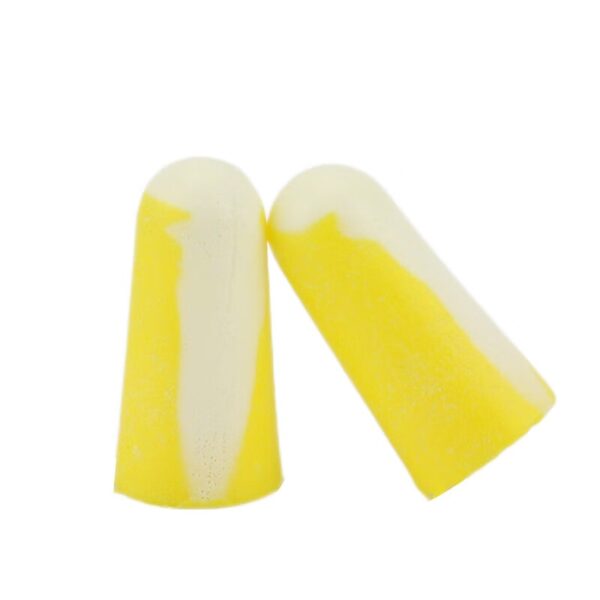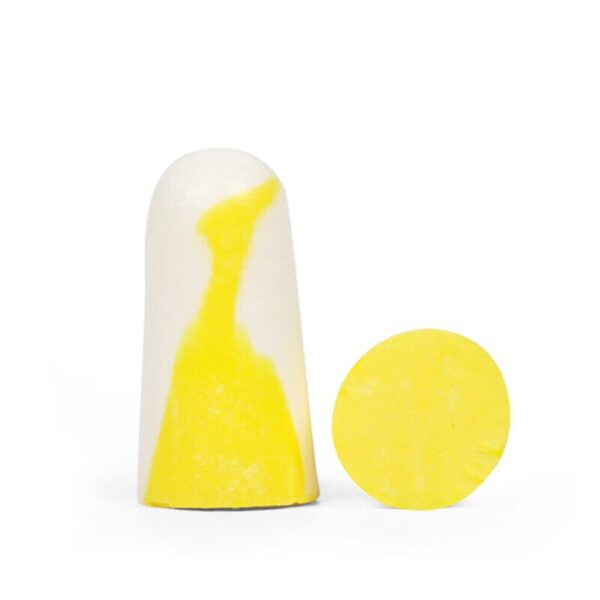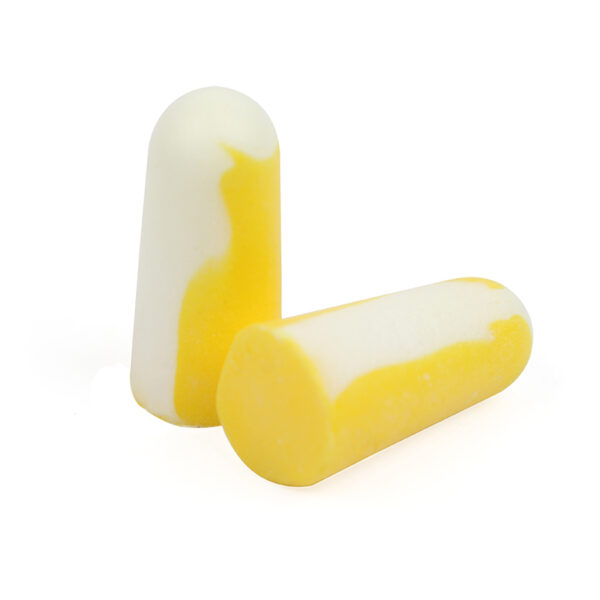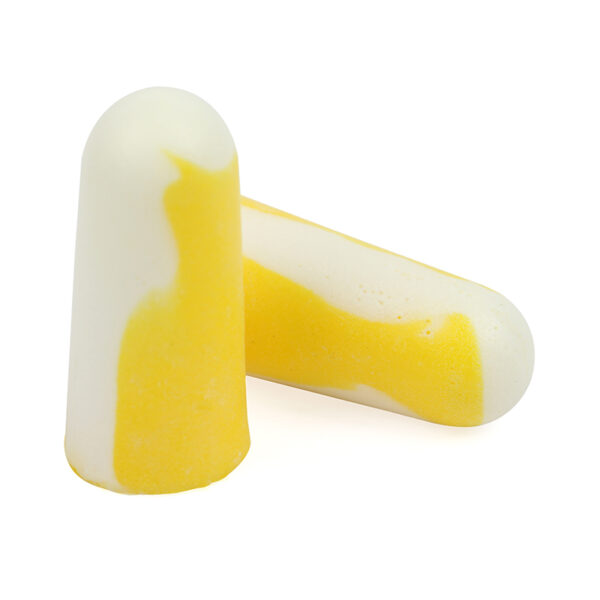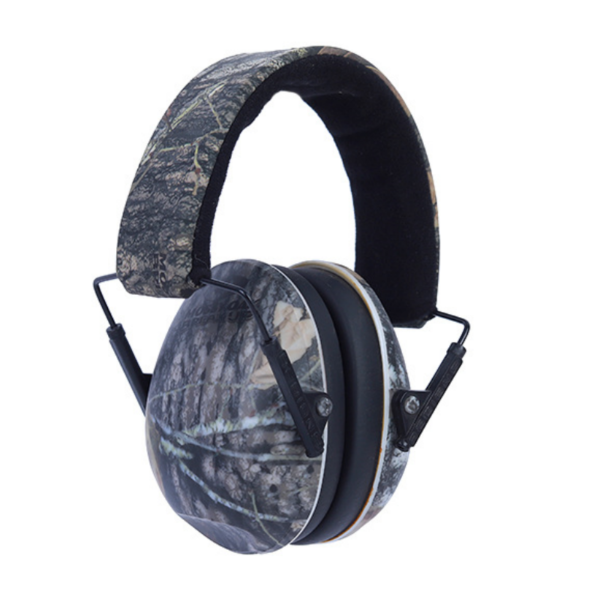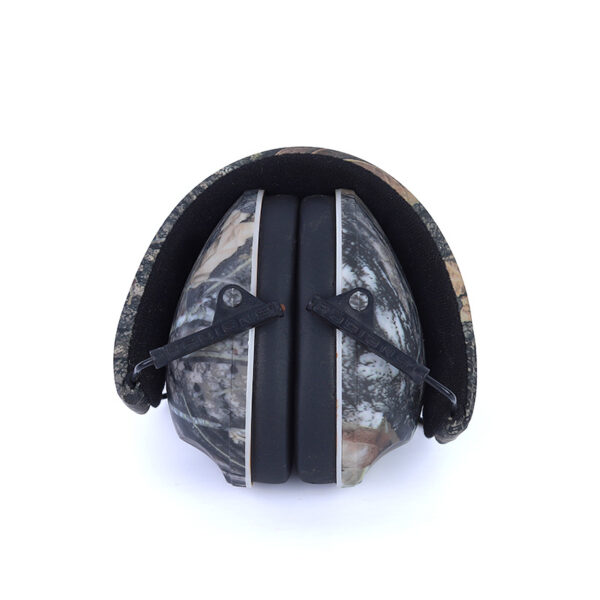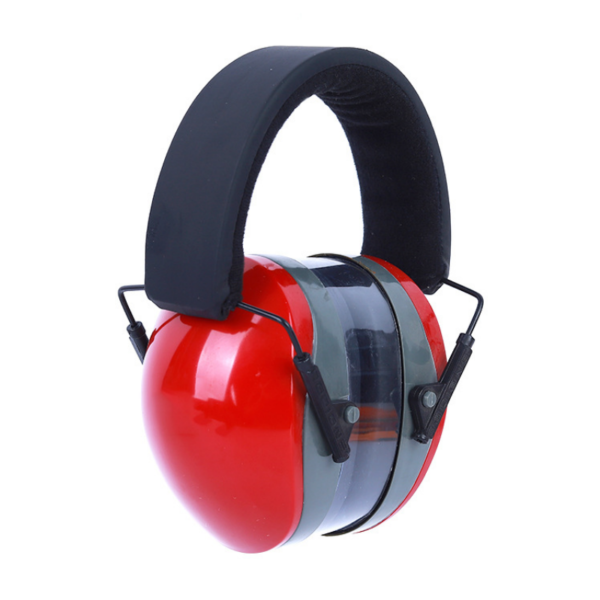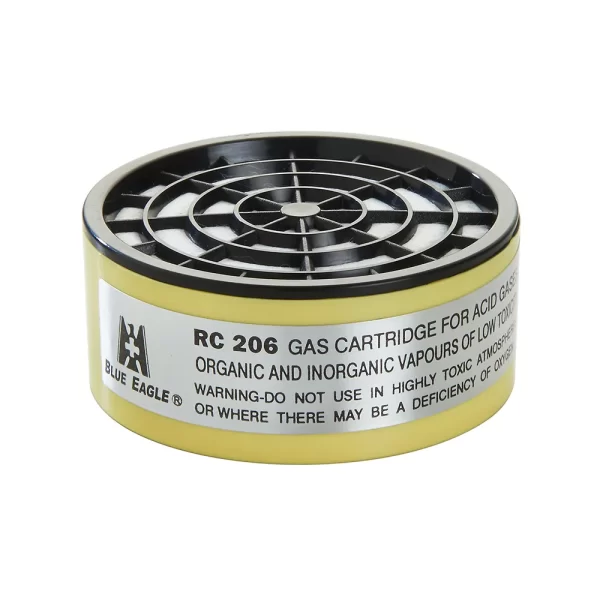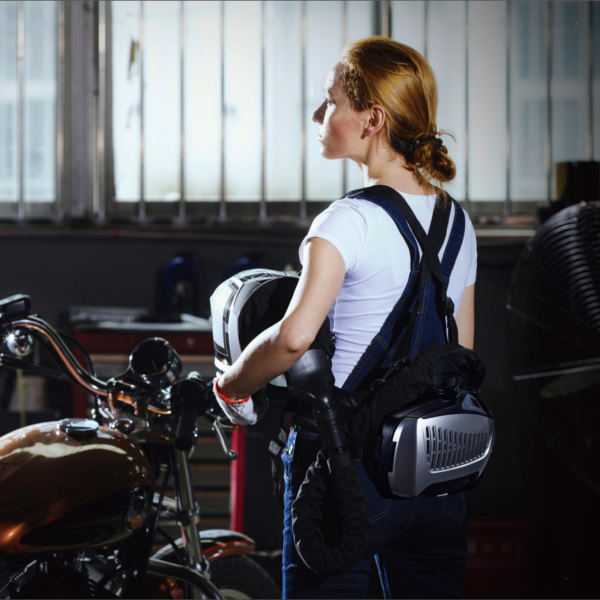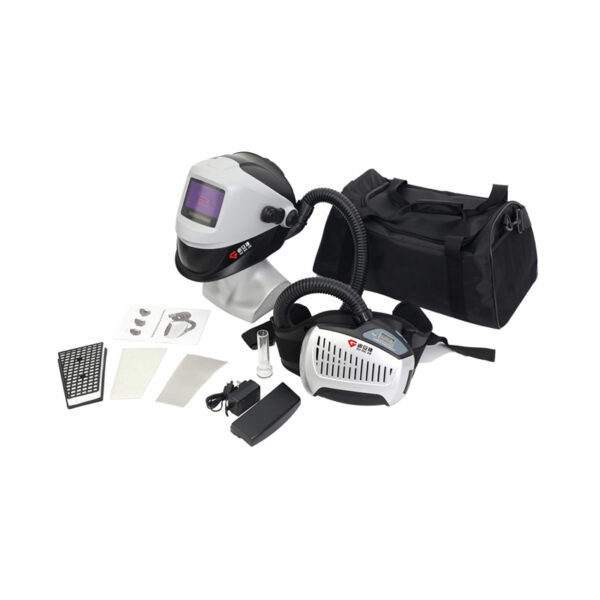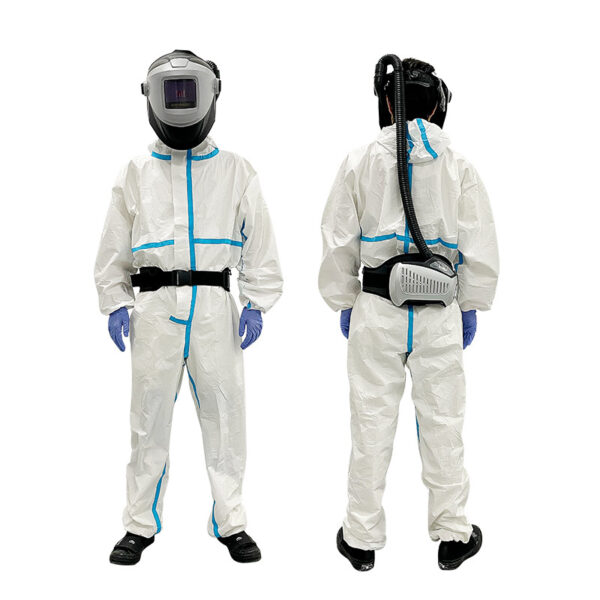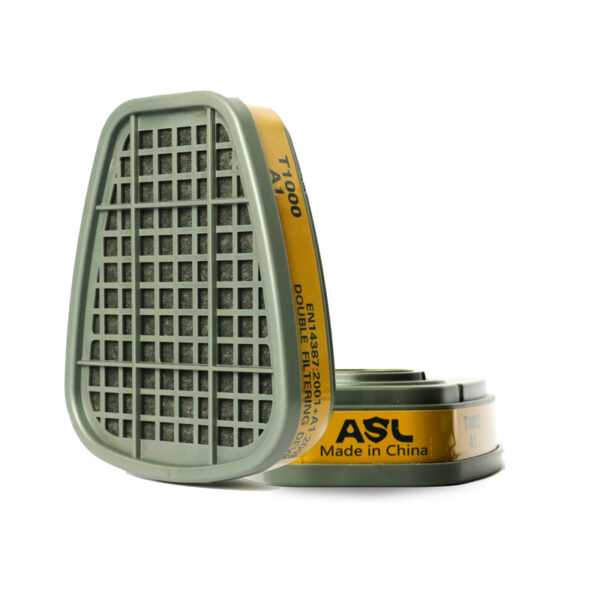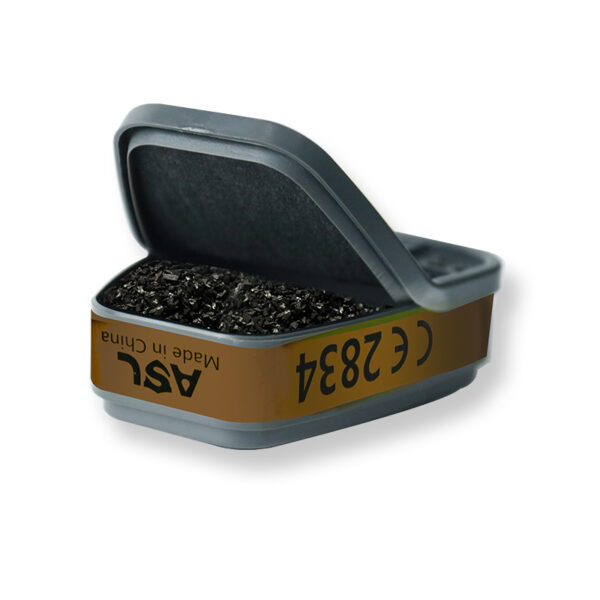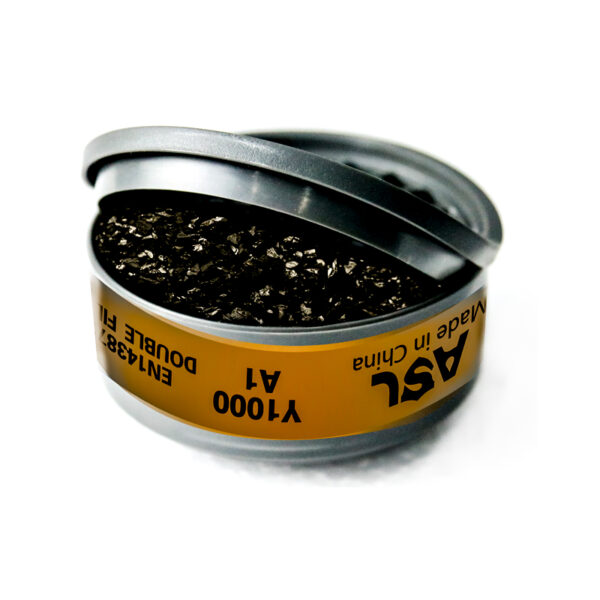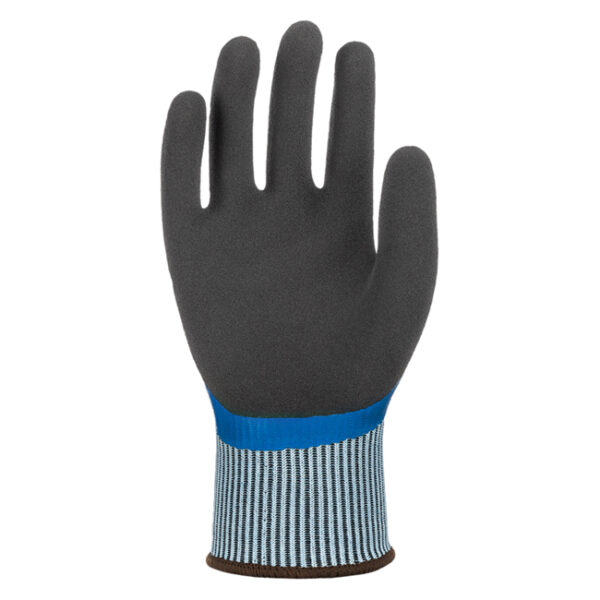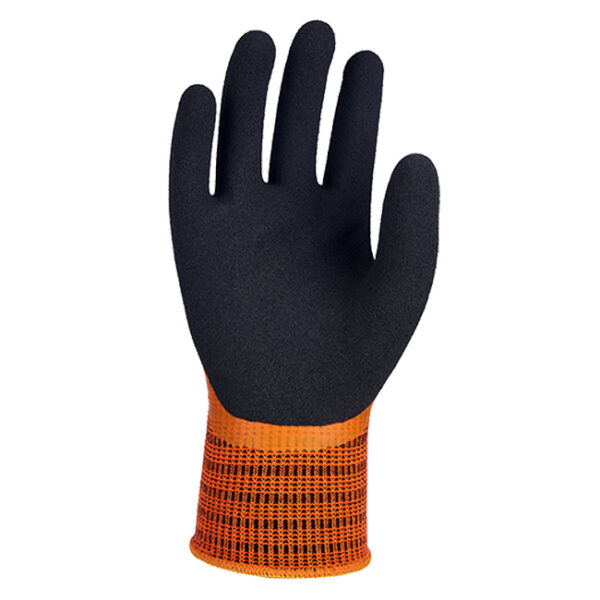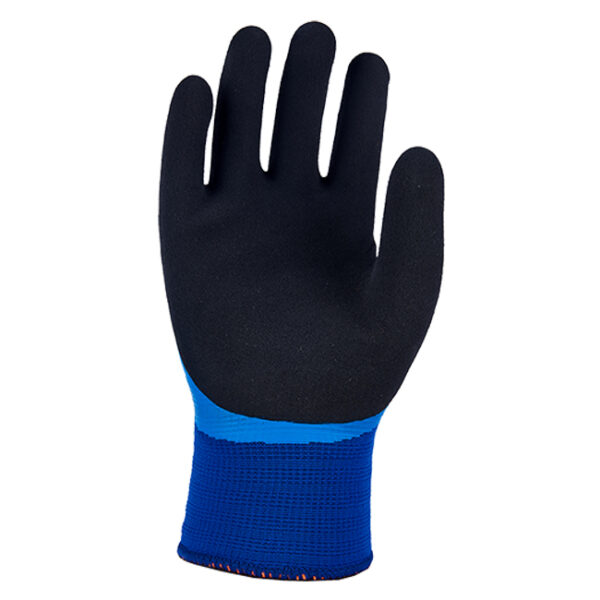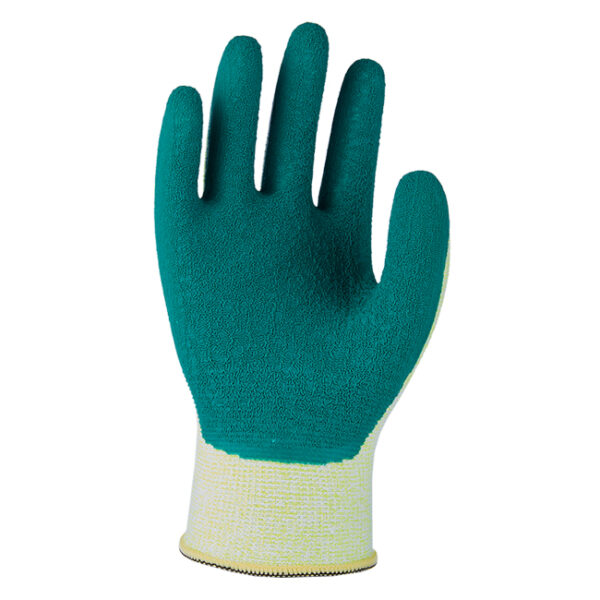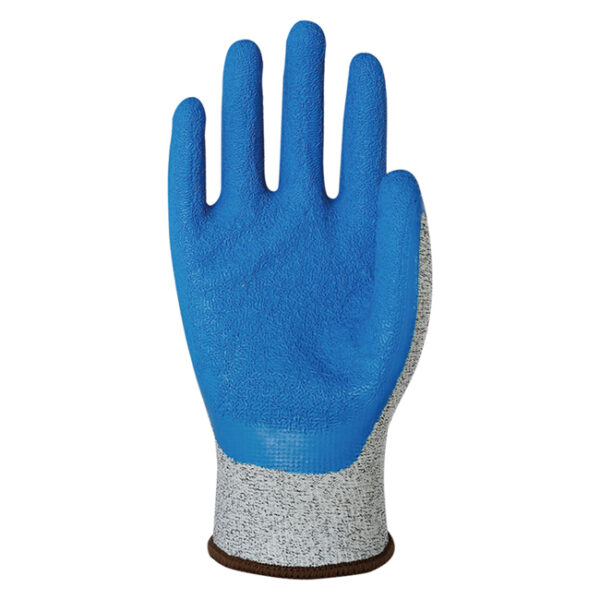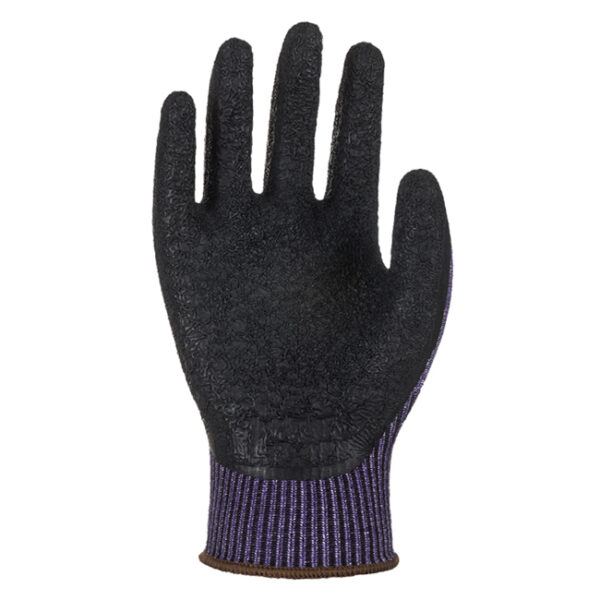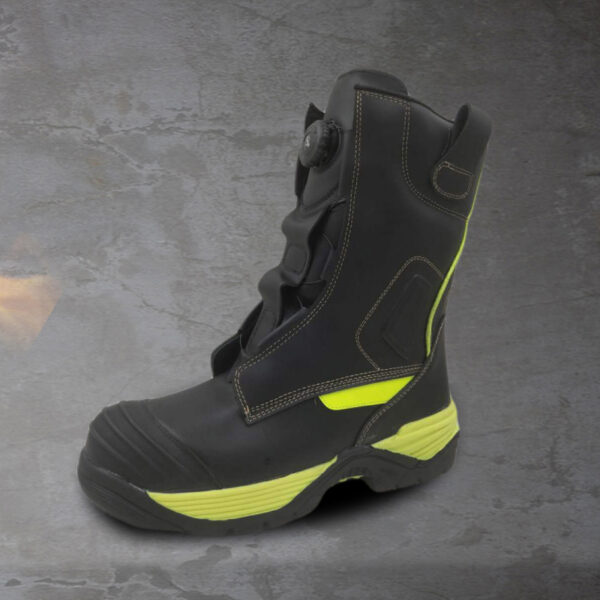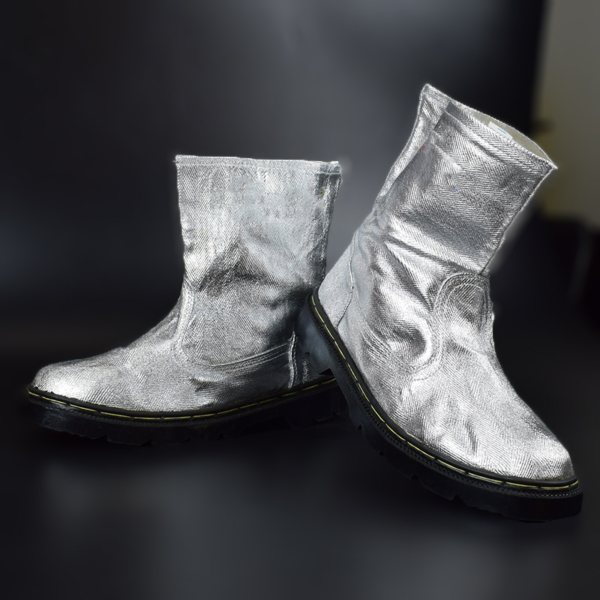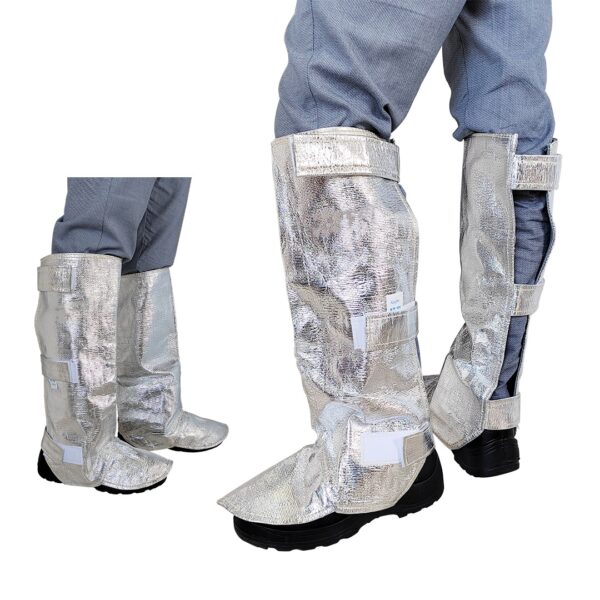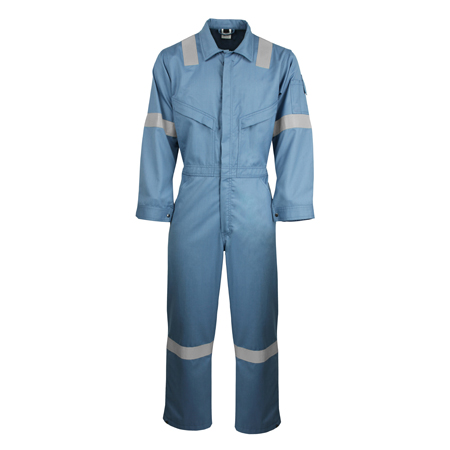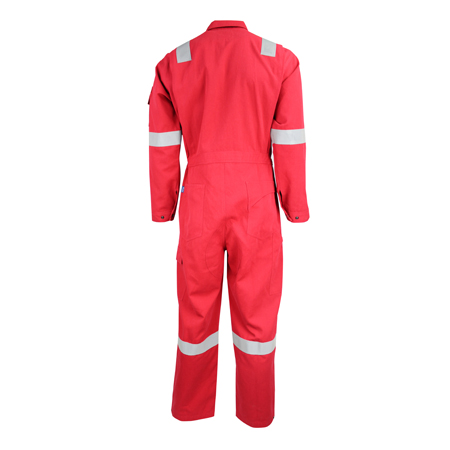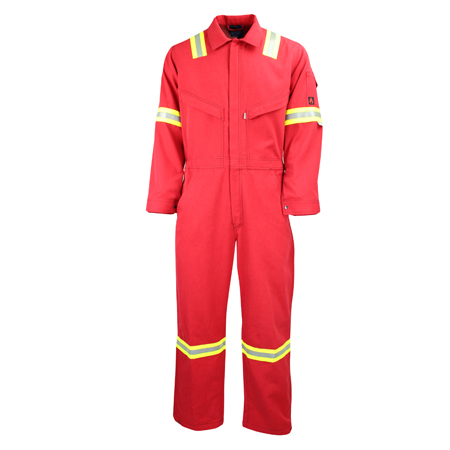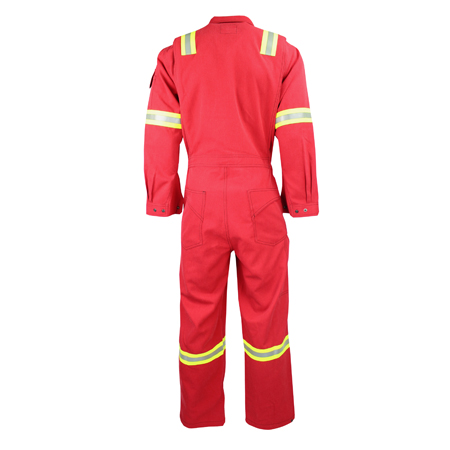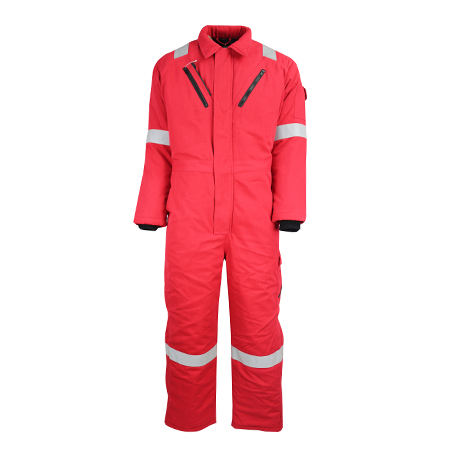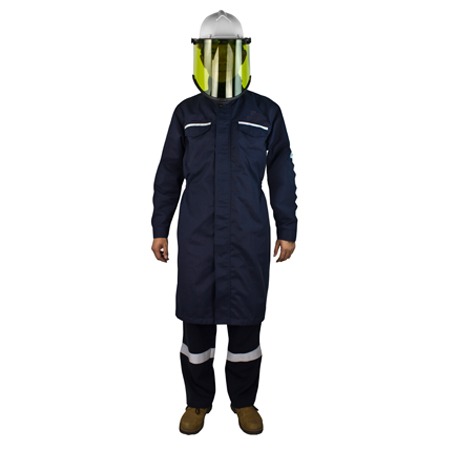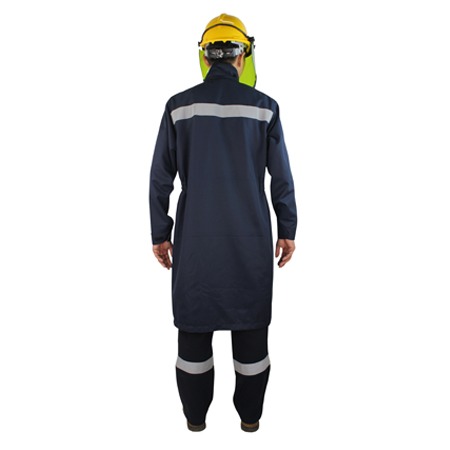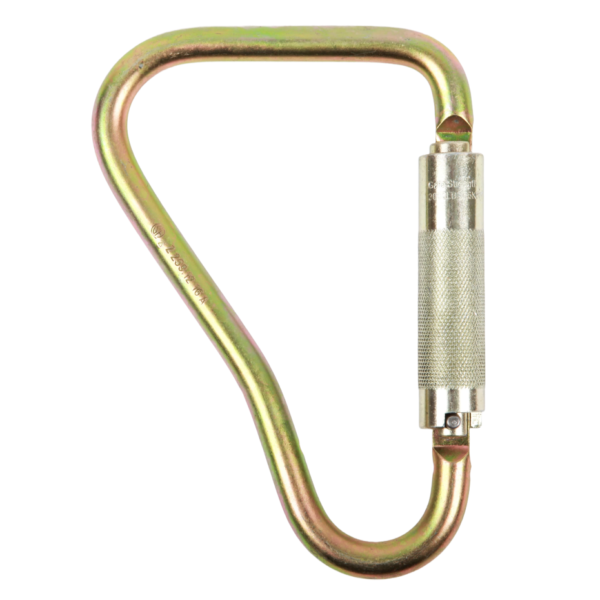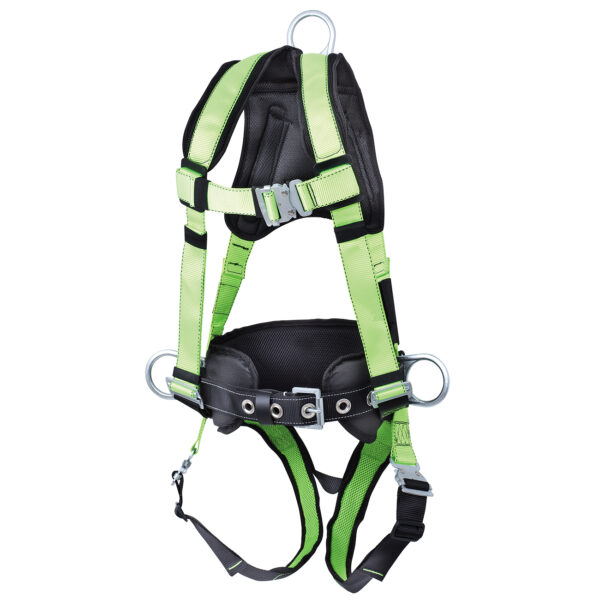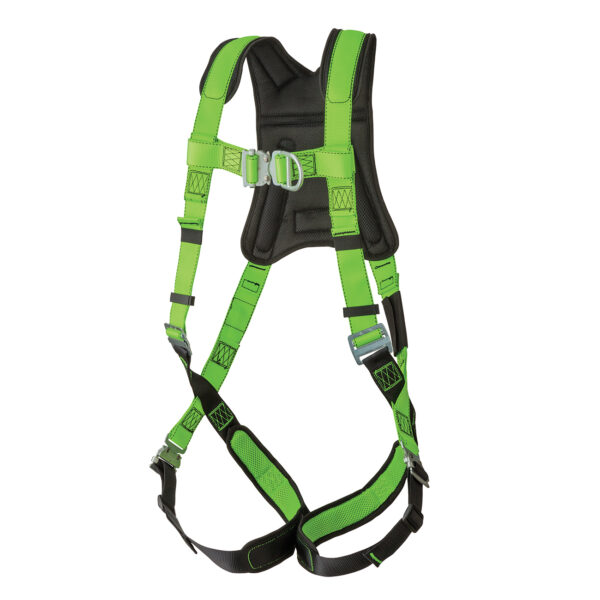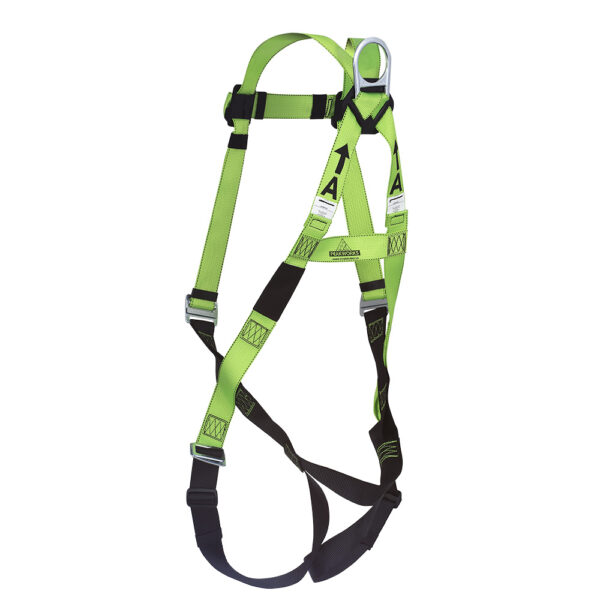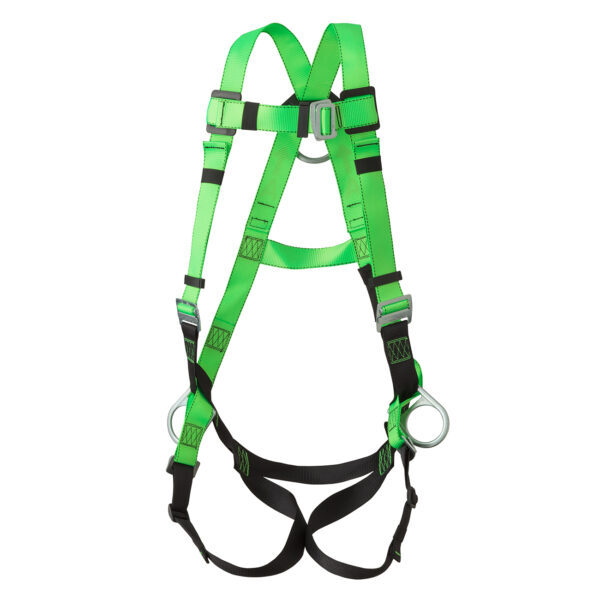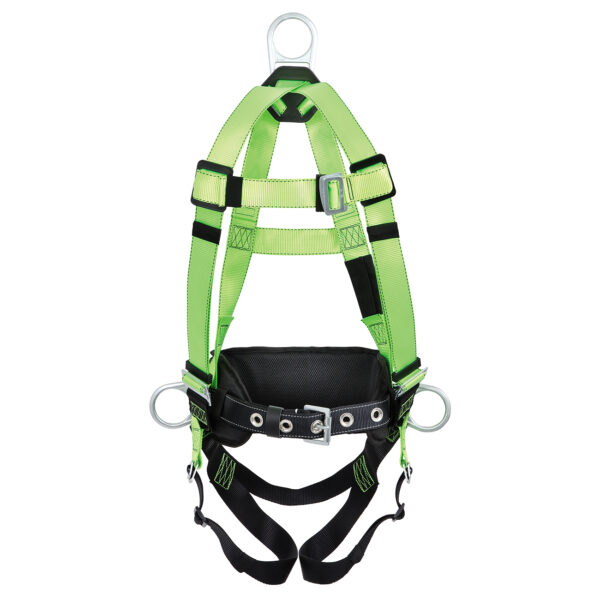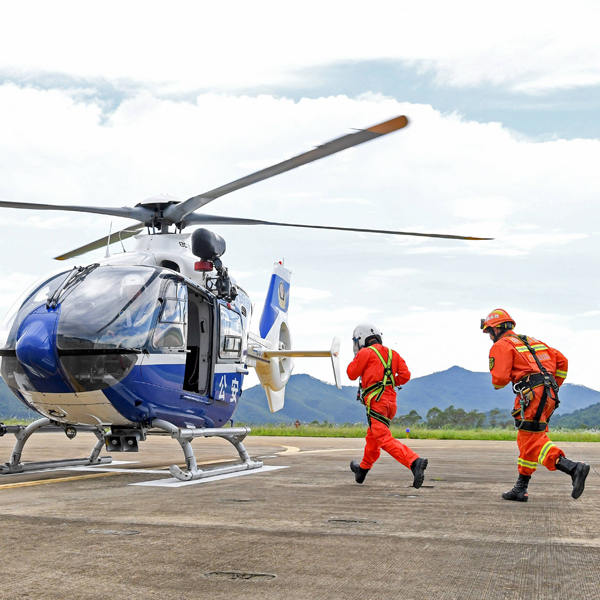
EMERGENCY RESPONDER DESCRIPTION:
1.Head Protection: Head protection typically includes safety helmets or hard hats, which are used to protect the head from falling objects, impacts, or other external forces. Helmets often have features such as impact resistance and puncture resistance to provide additional protection.
2.Eye and Face Protection: Eye and face protection equipment includes goggles, face shields, or masks, which are used to protect the eyes and face from splashes, particles, chemicals, or other hazardous substances. They should have protective features such as impact resistance, fog resistance, and chemical resistance.
3.Respiratory Protection: Emergency rescue personnel may need to use respiratory protective equipment, such as respirators, masks, or facepieces, to prevent inhalation of harmful gases, smoke, chemicals, or dust. Respiratory protective equipment should be selected based on the specific environment and risks and should be properly worn and used.
4.Hand Protection: Hand protection usually involves wearing chemical-resistant gloves to protect the hands of emergency rescue personnel from chemicals, irritants, or other hazardous substances. Gloves should be selected based on the specific task and materials, ensuring good flexibility and tactile sensitivity.
5.Body Protection: Body protection involves wearing protective clothing, vests, or suits to protect the body of emergency rescue personnel from punctures, cuts, chemical exposure, or other injuries. Protective clothing should be chosen based on the task and environment, providing necessary protection features.
6.Foot Protection: Foot protection includes wearing durable, slip-resistant, and puncture-resistant safety boots or shoes to protect the feet of emergency rescue personnel from physical injuries, falling objects, or sharp objects. Protective boots should have appropriate protective characteristics and provide sufficient comfort and support.
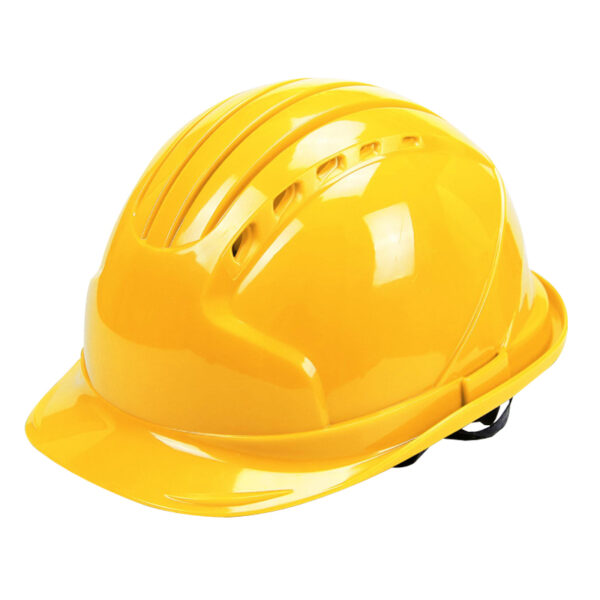
XYEHS Construction Adjustable Safety Helmet, Vented Hard Hat with Rain Through, Impact Resistant, Half Brim Cap with Imported ABS Shell, Push-on Button Adjustment
Original price was: $ 22.99.$ 15.99Current price is: $ 15.99.pc
XYEHS Construction Safety Helmet, Hard Hat Cap with Fiberglass Shell, Superior Impact Protection, Half Brim Non-Vented, Adjustable Strap
Original price was: $ 24.59.$ 16.98Current price is: $ 16.98.pc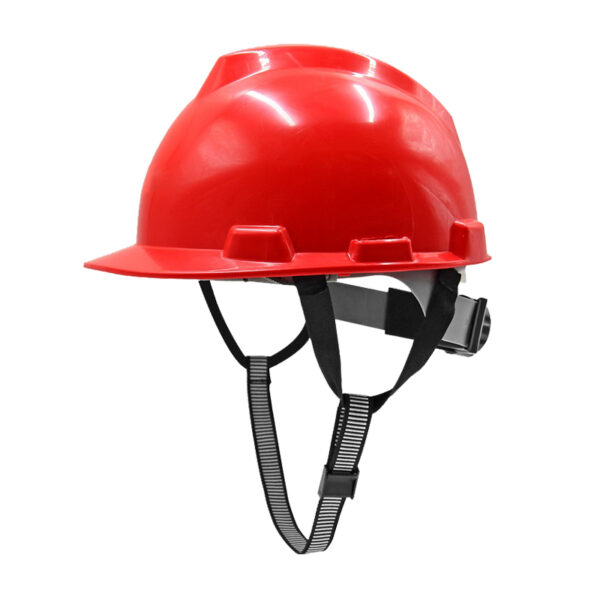
XYEHS GM-1 V-Gard Half Brim Non-Vented Safety Hard Hat with High-Impact PP Shell 4-Point Fabric Inner Knob Adjustment Sweatband
Original price was: $ 9.89.$ 6.17Current price is: $ 6.17.pc
XYEHS GM-12 V-Gard Half Brim Vented Safety Hard Hat with High-Impact ABS Shell 4-Point Fabric Inner Knob Adjustment
Original price was: $ 10.25.$ 6.75Current price is: $ 6.75.pcXYEHS GM-16 H-Shaped Half Brim Vented Safety Hard Hat with High-Impact ABS Shell 6-Point Fabric Inner Knob Adjustment
Original price was: $ 10.86.$ 6.56Current price is: $ 6.56.pc
XYEHS GM-19 M-Shaped Half Brim Vented Safety Hard Hat with High-Impact ABS Shell 6-Point Fabric Inner Knob Adjustment
Original price was: $ 11.88.$ 6.66Current price is: $ 6.66.pc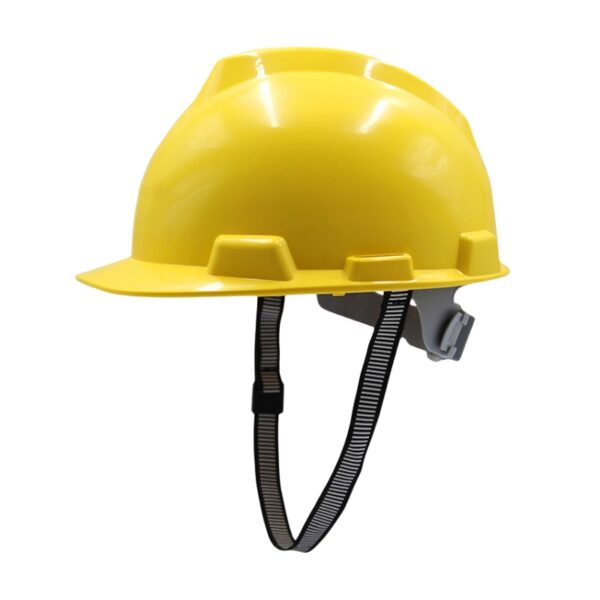
XYEHS GM-1A V-Gard Half Brim Non-Vented Safety Hard Hat with High-Impact PP Shell 4-Point PE Inner Snap Adjustment Sweatband
Original price was: $ 16.32.$ 6.74Current price is: $ 6.74.pc
XYEHS GM-26 M-Shaped Widened Brim Vented Safety Hard Hat with High-Impact PP Shell 4-Point PE Inner Snap Button Adjustment
Original price was: $ 10.99.$ 6.71Current price is: $ 6.71.pcBlue Eagle 934P Wide View Welding Helmet, 5¼” x 4½” Fixed Lens, Black Glass Lift Front Welding Mask, Weld Hood, Adjustable Headgear
Original price was: $ 11.29.$ 6.29Current price is: $ 6.29.pcBlue Eagle A2 Cap Style Safety Hard Hat Face Shield Adapter Front Mounting ABS Bracket, Quick Replacement
Original price was: $ 3.99.$ 2.79Current price is: $ 2.79.pcBlue Eagle A3 Cap Style Safety Hard Hat Face Shield Adapter Front Mounting, ABS & Aluminum Bracket, Easy Replacement
Original price was: $ 5.99.$ 3.99Current price is: $ 3.99.pc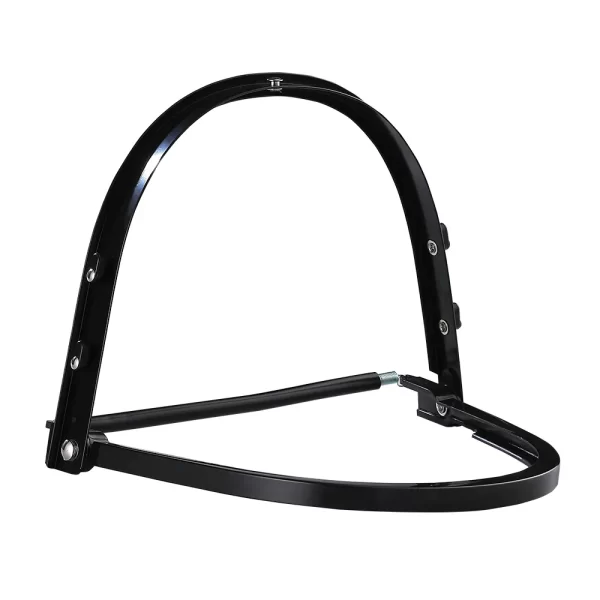
Blue Eagle A4 Cap Style Safety Hard Hat Face Shield Adapter, Aluminum Front Mounting Bracket, Easy Replacement
Original price was: $ 7.99.$ 5.19Current price is: $ 5.19.pcBlue Eagle GW240 Welding Goggles, Safety Eye Protection Welder Goggles with 50 mm Lens, Protective Glasses for Welding, Soldering, Torching, Brazing Metal Cutting
Original price was: $ 4.79.$ 2.99Current price is: $ 2.99.prBlue Eagle K28 Polycarbonate Safety Face Shield Window for Headgear, Replacement Clear Visor, Aluminum Bound
Original price was: $ 4.99.$ 2.59Current price is: $ 2.59.pcBlue Eagle K28N Polycarbonate Safety Face Shield Visor for Headgear, Replacement Clear Window, Face Protector
Original price was: $ 3.89.$ 1.99Current price is: $ 1.99.pcBlue Eagle NP102 Safety Goggles, Direct Venting Clear Eye Protection, Safety Glasses, Replaceable Polycarbonate Lens, Dust-proof, Impact Resistant, Adjustable Strap
Original price was: $ 2.59.$ 1.49Current price is: $ 1.49.prXYEHS 0505 Helmet Mounted Noise Reduction Safety Earmuffs, NRR 29dB Noise Cancelling, Hearing Protector, Hard Hat Attachment, Ear Protection for Construction Work, Shooting, Hunting
Original price was: $ 8.34.$ 5.84Current price is: $ 5.84.prXYEHS 0508 Noise Reduction Headband Safety Earmuffs, NRR 25dB Noise Cancelling, Ear Protection for Construction Work, Shooting, Hunting, Sports
Original price was: $ 5.05.$ 3.57Current price is: $ 3.57.prXYEHS 0609 Behind-the-Head Neckband Noise Reduction Safety Earmuffs, NRR 29dB Noise Cancelling, Rear-Mounted Hearing Protector, Ear Protection for Construction Work, Shooting, Hunting
Original price was: $ 6.81.$ 4.77Current price is: $ 4.77.prXYEHS 1000107 Noise Canceling Ear Plugs with Cord Soft Disposable Polyurethane Foam Earplugs 33dB Noise Reduction Earplugs, Sound Blocking Calmer, Sleeping Hearing Protection for Aerospace, Shooting, Hunting
Original price was: $ 0.27.$ 0.19Current price is: $ 0.19.prXYEHS 1005074 Noise Canceling Ear Plugs Ultra Soft Disposable Polyurethane Foam Earplugs 33dB Noise Reduction Earplugs, Sound Blocking Calmer, Sleeping Hearing Protection for Sleeping, Work
Original price was: $ 0.19.$ 0.13Current price is: $ 0.13.prXYEHS 1006187 Noise Canceling Ear Plugs Ultra Soft Disposable Polyurethane Foam Earplugs 33dB Noise Reduction Earplugs, Sound Blocking Calmer, Hearing Protection for Sleeping, Work, Shooting
Original price was: $ 0.16.$ 0.11Current price is: $ 0.11.prXYEHS E102 Foldable Ear Cup Headband Safety Earmuffs, Noise Reduction, Ear Protection for Work, Shooting, Study
Original price was: $ 7.31.$ 5.12Current price is: $ 5.12.prXYEHS E103 Headband Shooting Safety Earmuffs, Foldable Ear Cup, Noise Reduction, Ear Protection for Work, Study, Sleeping
Original price was: $ 7.28.$ 5.10Current price is: $ 5.10.prBlue Eagle RC203 Gas Filter Cartridges Replacement for NP305 NP306 Half-Face Respirator Mask Breathing Protection against Spray Painting Organic Vapours of Low Toxicity
Original price was: $ 1.89.$ 0.99Current price is: $ 0.99.pcBlue Eagle RC206 Gas Filter Cartridges Replacement for NP305 NP306 Half-Face Respirator Mask Breathing Protection against Organic, Inorganic Vapours, Acid Gases of Low Toxicity
Original price was: $ 3.89.$ 2.19Current price is: $ 2.19.pcBlue Eagle TR2002 Full Face Gas Mask Reusable Respirator Mask, Gas Cover Organic Vapor Mask for Gases, Painting, Mechanical Polishing, Logging, Welding
Original price was: $ 149.99.$ 94.99Current price is: $ 94.99.pc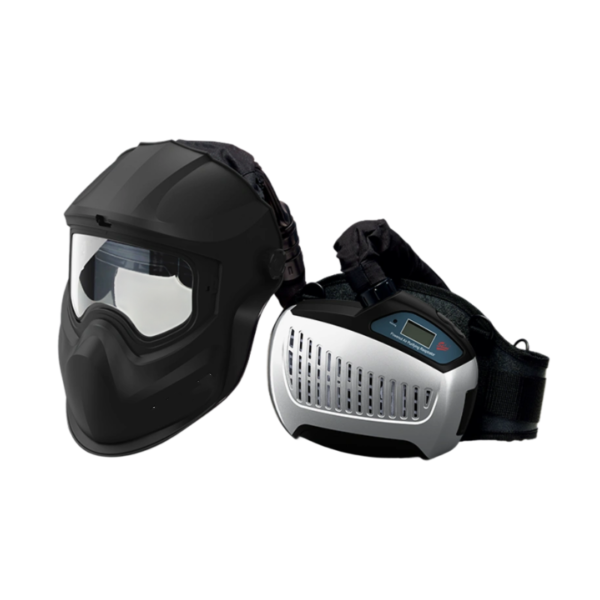
XYEHS P1000 Series PAPR Powered Air Purifying Respirator System Welding Helmet, Full Face Mask Respiratory Protection, 3 Adjustable Air Volume Control
Original price was: $ 1,546.63.$ 1,082.64Current price is: $ 1,082.64.pcXYEHS Q Series Gas Filters & C Series Dust Filters for Half / Full Face Respirator Mask
Original price was: $ 1.84.$ 1.29Current price is: $ 1.29.pcXYEHS SF-900 PAPR Powered Air Purifying Respirator System Auto Darkening Welding Helmet, Full Face Mask Respiratory Protection, 3 Adjustable Air Volume Control
Original price was: $ 1,535.00.$ 1,074.50Current price is: $ 1,074.50.pcXYEHS T1000 A1 Gas filter Cartridges, Trapezoidal design, Protect Against Organic Gases or Vapors
Original price was: $ 1.84.$ 1.29Current price is: $ 1.29.pcXYEHS Y1000 A1 Gas filter Cartridges, Circle design, Protect Against Organic Gases or Vapors
Original price was: $ 0.79.$ 0.55Current price is: $ 0.55.pc
HANVO LKX3150 ANSI CUT A4 Dual Dipped Full Latex Coating Cut Resistant Gloves, 13 Guage HPPE/Glass Fiber/Steel/Polyester Liner, Crinkled Latex Palm & Smooth Latex Coated
Original price was: $ 14.55.$ 10.25Current price is: $ 10.25.pr
HANVO LKX680 Dual-Layered Full Latex Winter Thermal Work Gloves, Crinkled Latex Palm & Smooth Latex Back Coating, 13 Gauge Acrylic Fleeced Shell, Abrasion Resistant, Waterproof Gardening Gloves, Super Grip
Original price was: $ 15.37.$ 10.76Current price is: $ 10.76.pr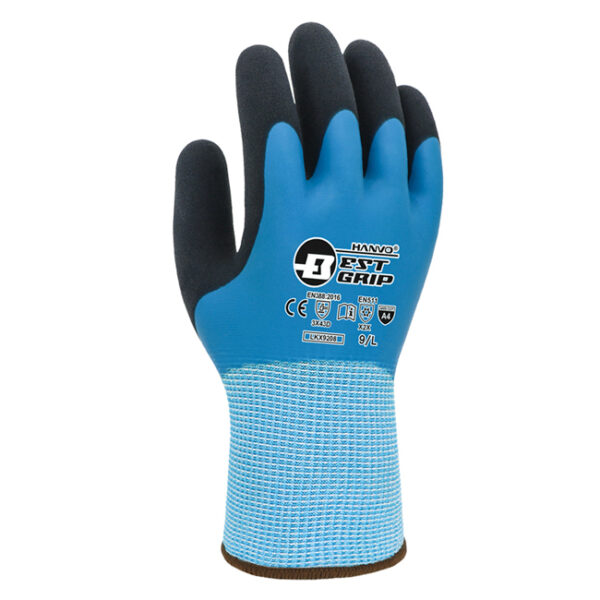
HANVO LKX9208 ANSI CUT A4 Dual Dipped Full Latex Coating Cut Resistant Winter Thermal Gloves, 13/10 Guage HPPE/Steel/Polyester/Acrylic Fleeced Liner, Sandy Latex Palm & Smooth Latex Coated
Original price was: $ 19.47.$ 13.63Current price is: $ 13.63.pr
HANVO LKX970 Triple Dipped Full Latex Winter Thermal Work Gloves, Sandy Latex Palm & Smooth Latex Back Coating, Nylon/Acrylic Fleeced Shell, Cold Resistant, Waterproof, Super Grip
Original price was: $ 15.74.$ 10.98Current price is: $ 10.98.pr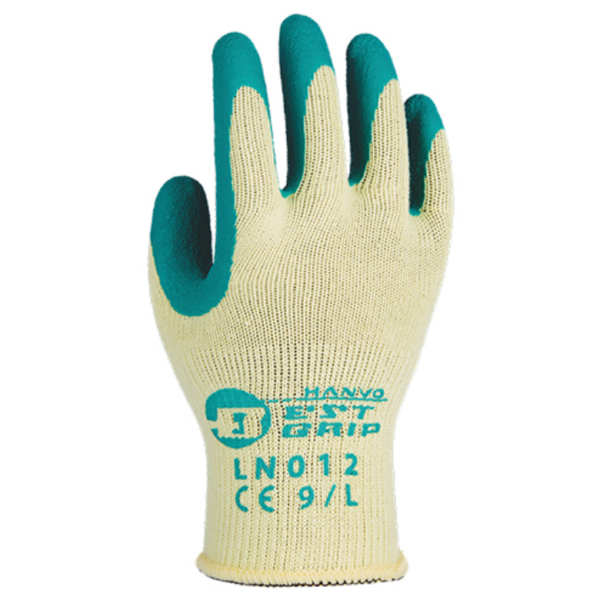
HANVO LN012 Rubber Latex Abrasion Resistant General Work Gloves, Anti-Slip & Water Resistant, Strong Grip, Wrinkled Latex Dipped Palm Coating, 10 Gauge Polycotton Lining
Original price was: $ 8.35.$ 5.81Current price is: $ 5.81.pr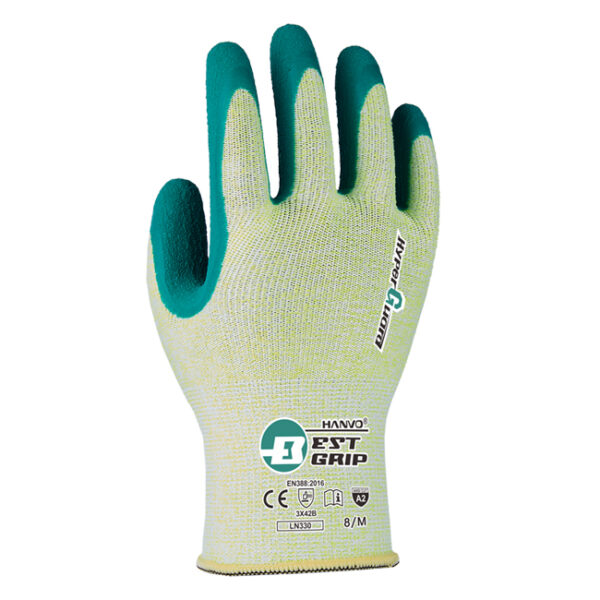
HANVO LN330 ANSI CUT A2 Cut Resistant Safety Work Gloves, Crinkle Latex Rubber Dipped Palm Coating, 13 Gauge HPPE Lining, High Abrasion Resistant, Anti-Slip & Water Resistant, Strong Grip
Original price was: $ 15.43.$ 10.76Current price is: $ 10.76.pr
HANVO LN330-Blue ANSI CUT A2 Cut Resistant Safety Work Gloves, Crinkle Latex Rubber Dipped Palm Coating, 13 Gauge HPPE Lining, High Abrasion Resistant, Anti-Slip & Water Resistant, Strong Grip
Original price was: $ 15.43.$ 10.76Current price is: $ 10.76.pr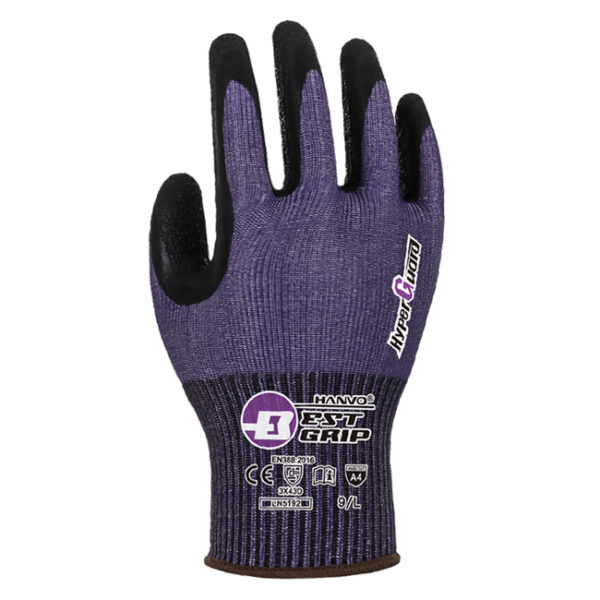
HANVO LN5192 ANSI CUT A4 Cut Resistant Work Gloves, 15 Guage HPPE/Glass Fiber/Steel/Polyester Liner, Crinkled Latex Palm Coated, Great Grip, Comfortable Fit
Original price was: $ 19.73.$ 13.81Current price is: $ 13.81.pr
XYEHS Fire Fighting Rescue Boots Heat Resistant Safety Footwear, Non-Slip, Puncture Resistant, Waterproof Shoes, BOA Lacing System for Firefighter
Original price was: $ 178.57.$ 124.99Current price is: $ 124.99.pr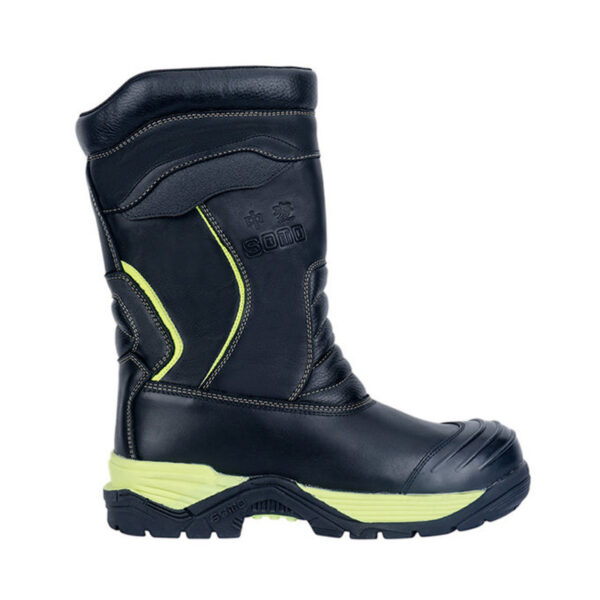
XYEHS Fire Fighting Rescue Boots, Safety Boots, Non-Slip, High Temperature Resistant, Puncture Resistant,Waterproof Safety Shoes for Firefighter
Original price was: $ 178.57.$ 124.99Current price is: $ 124.99.pr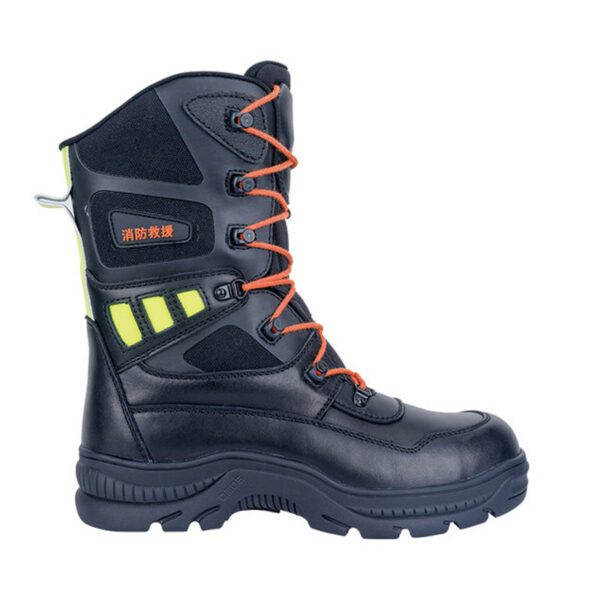
XYEHS Jungle Puncture Resistant Boot, Safety Work Boots, Emergency Rescue Boots, Impact Resistant Toe Cap, Non-Slip Rubber Outsole & Fire Resistant Footwear
Original price was: $ 84.27.$ 58.99Current price is: $ 58.99.pr
XYEHS Mn-grx Aluminum Foil Heat Resistant Safety Work Boots Fireproof Welding Footwear, 1000℃ Thermal Radiation Heat Resistant, High Temperature Foot Protection
Original price was: $ 44.22.$ 30.96Current price is: $ 30.96.pc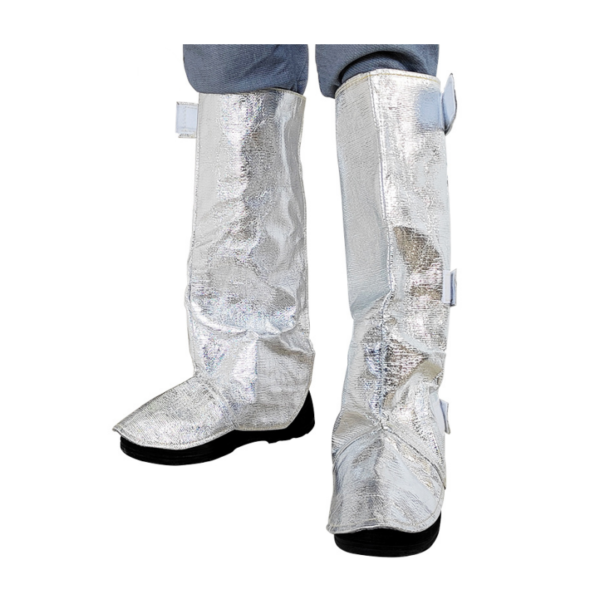

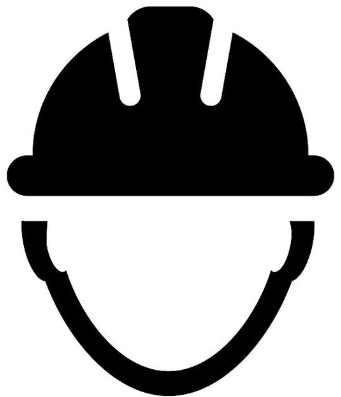 Hard Hat
Hard Hat 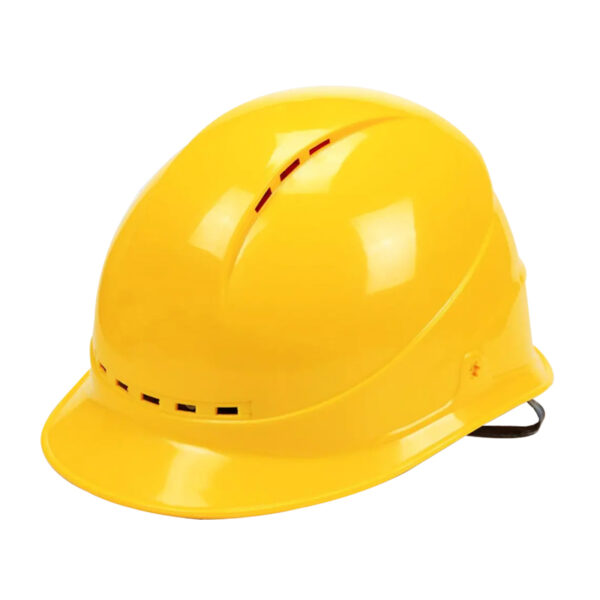

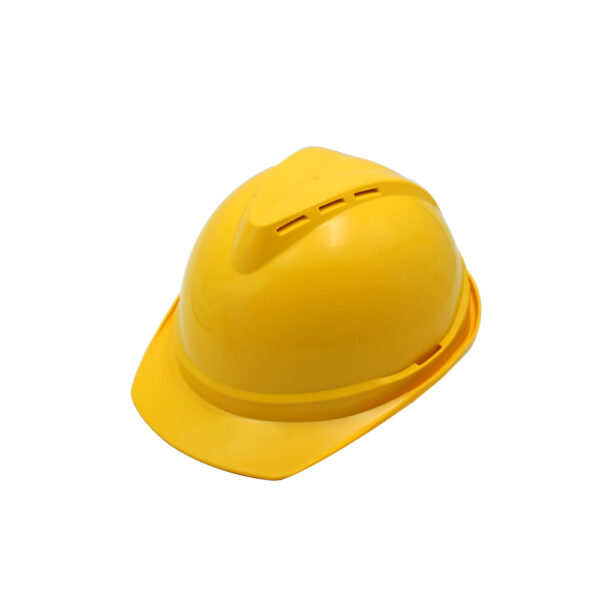
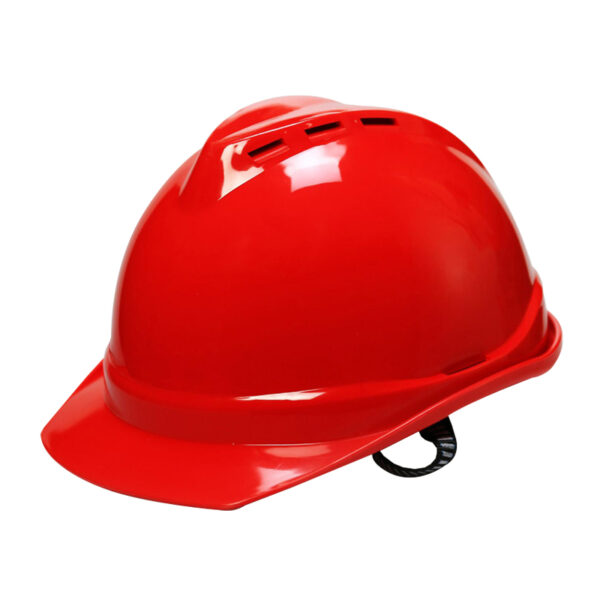

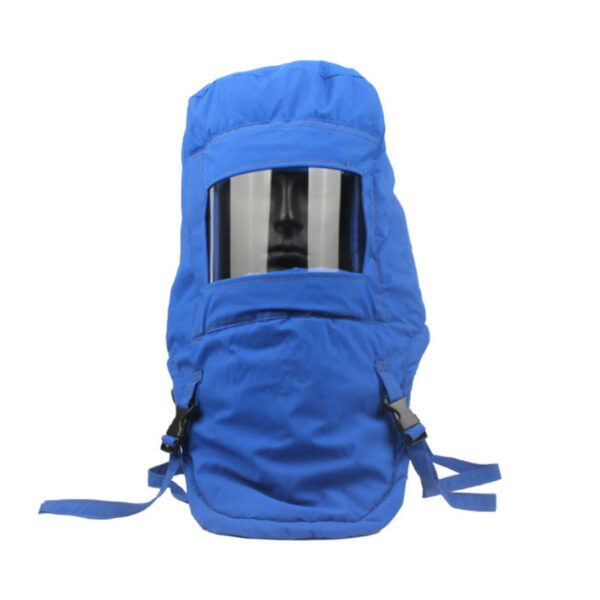





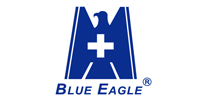
 Face Shiled
Face Shiled  Safety Glasses
Safety Glasses 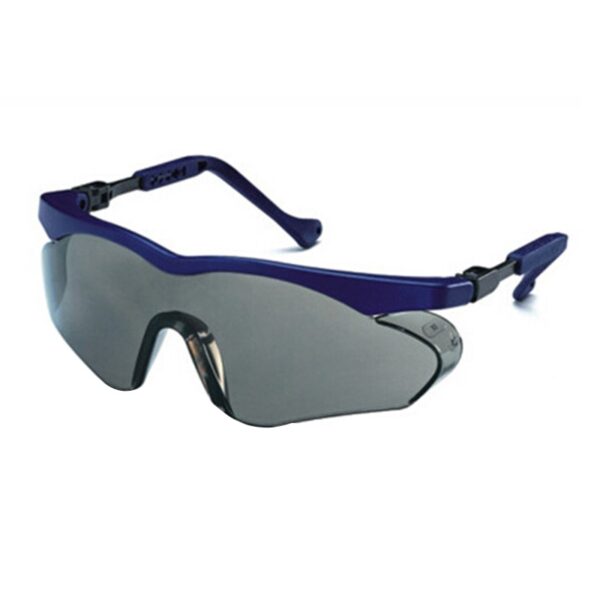


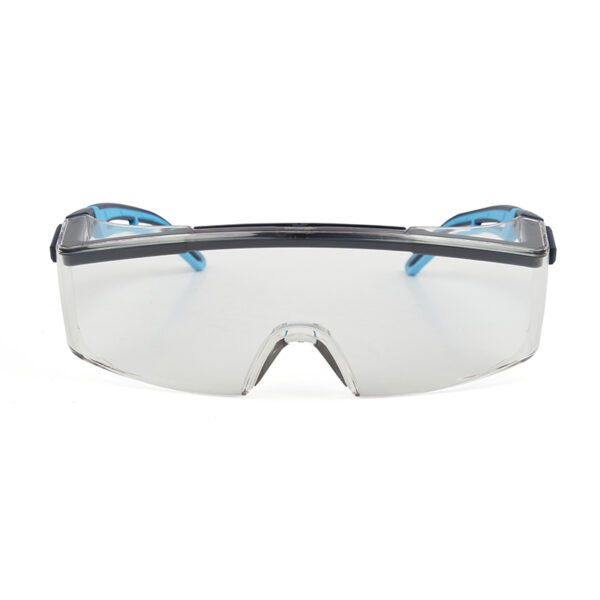
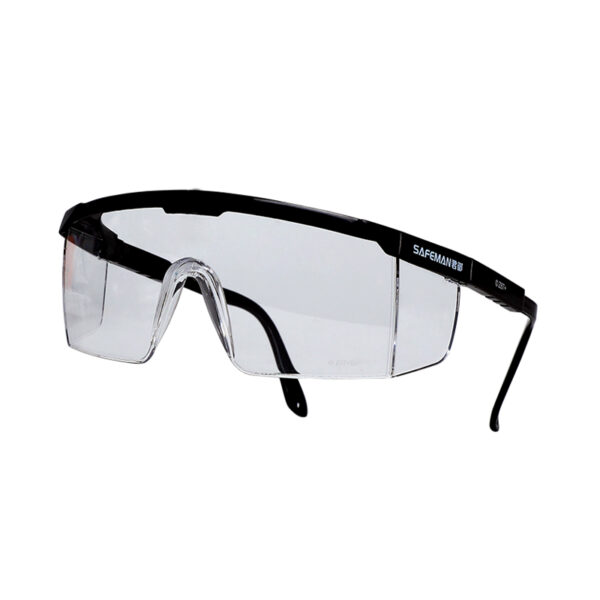
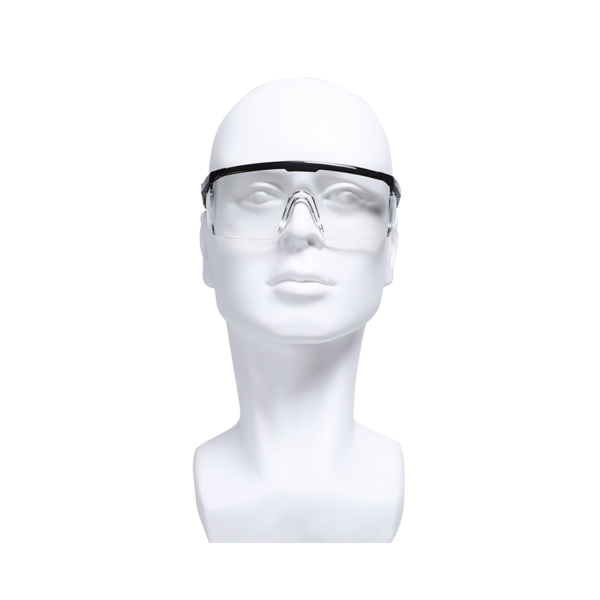
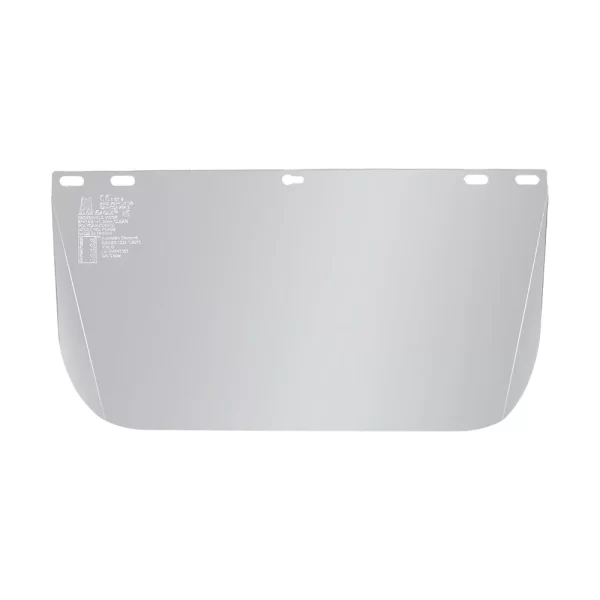
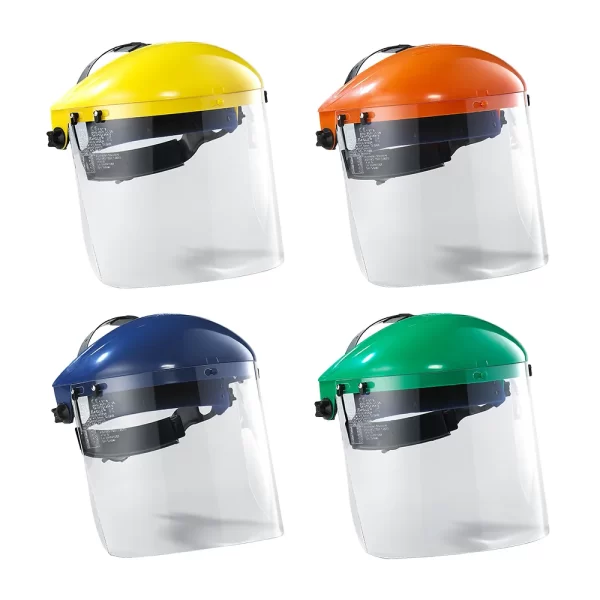


 Earmuffs
Earmuffs  Earplugs
Earplugs 


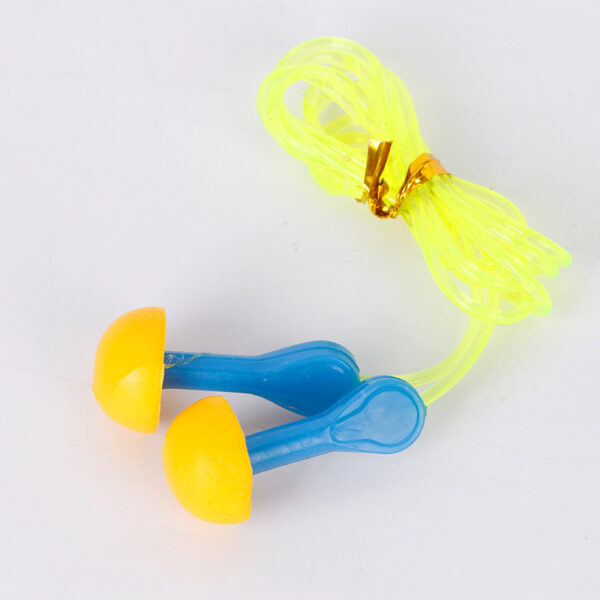


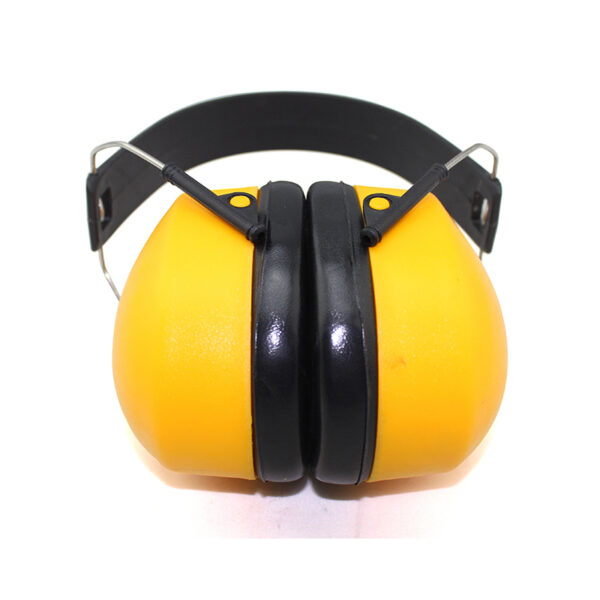
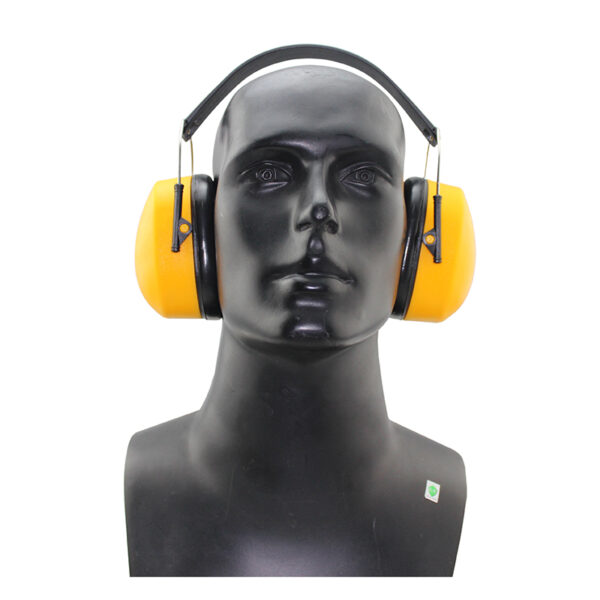
 Rubber Mask
Rubber Mask  Mask
Mask 


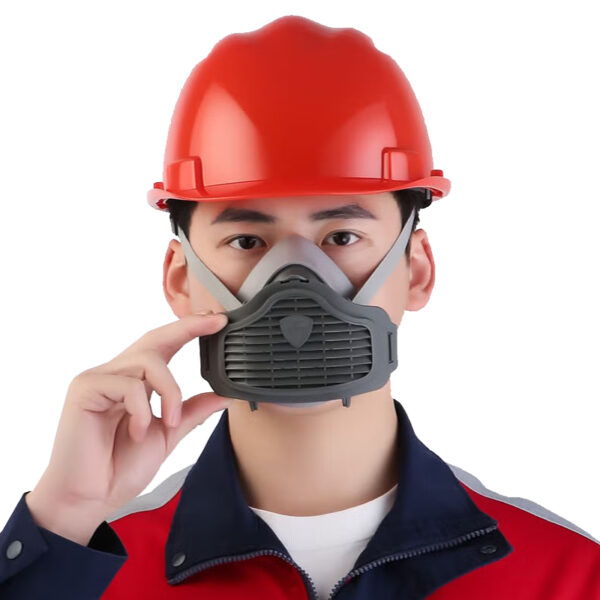

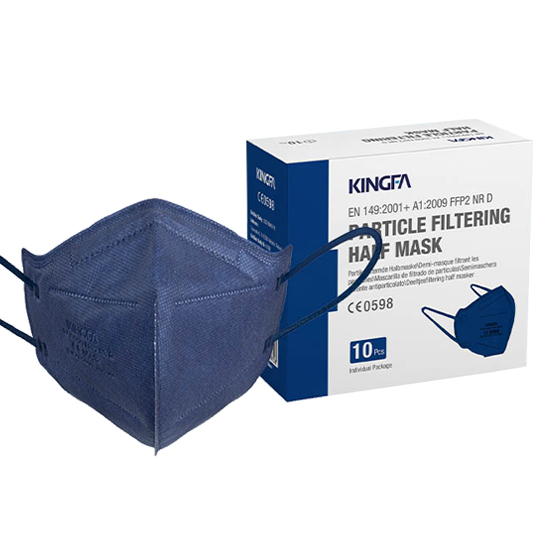
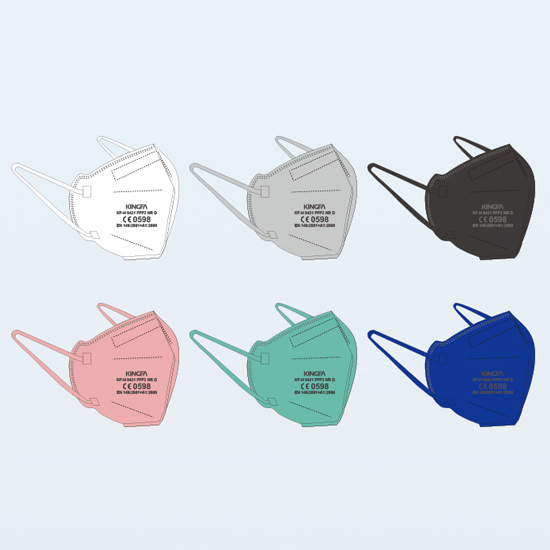
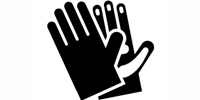 Work Gloves
Work Gloves 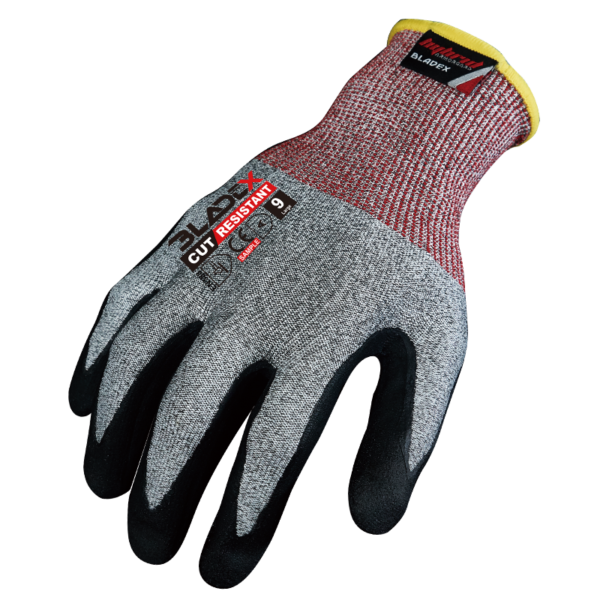
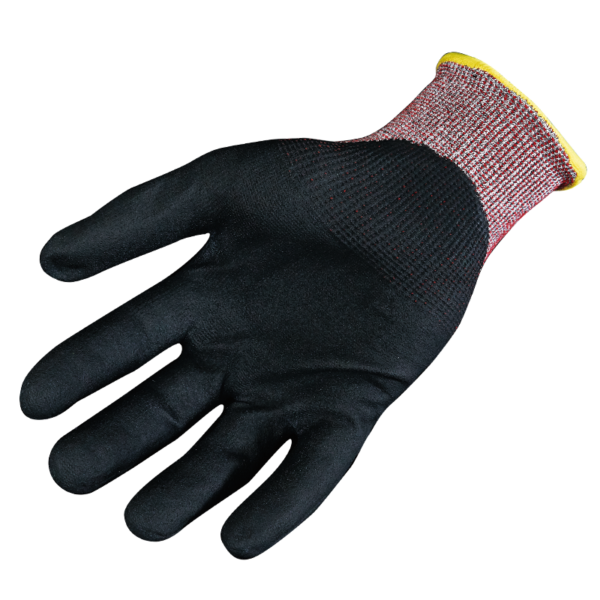
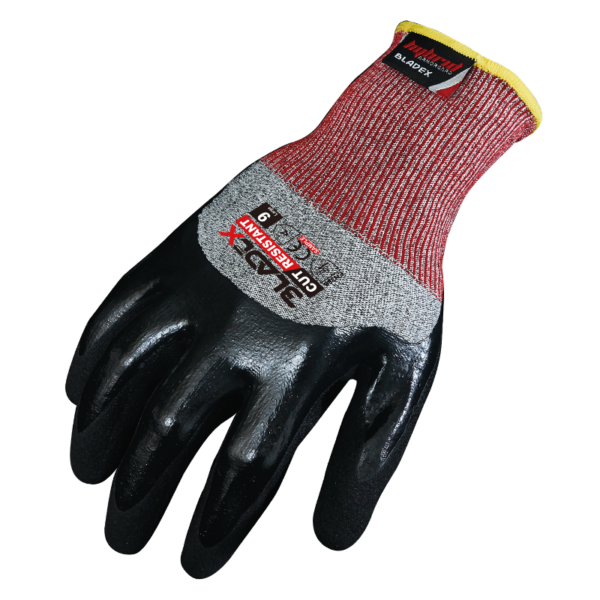
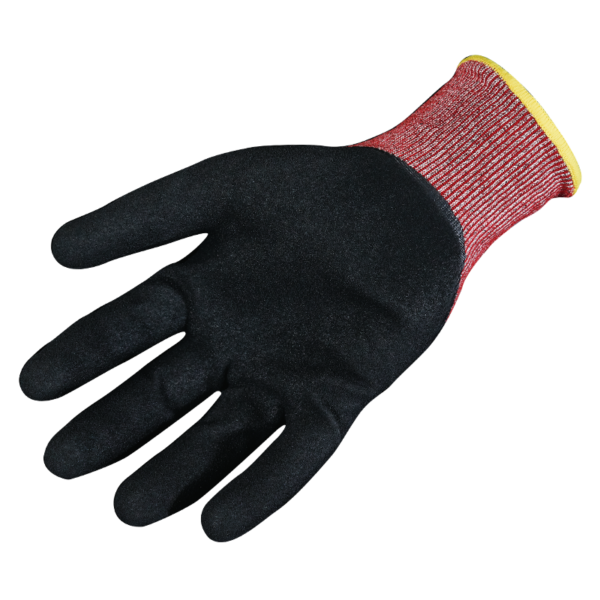
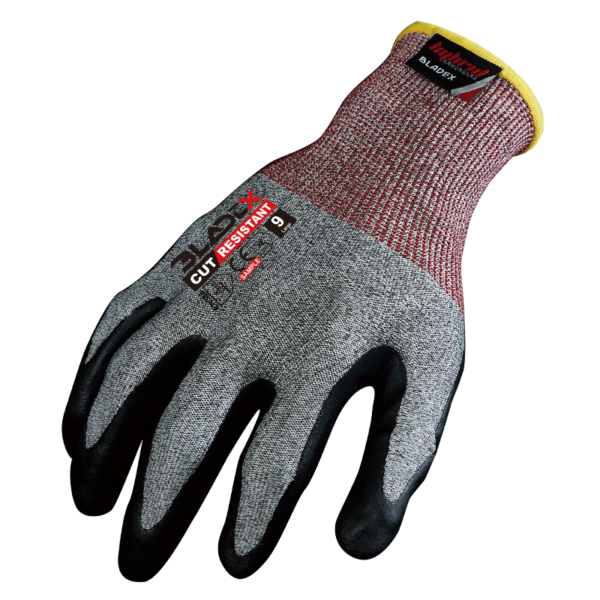
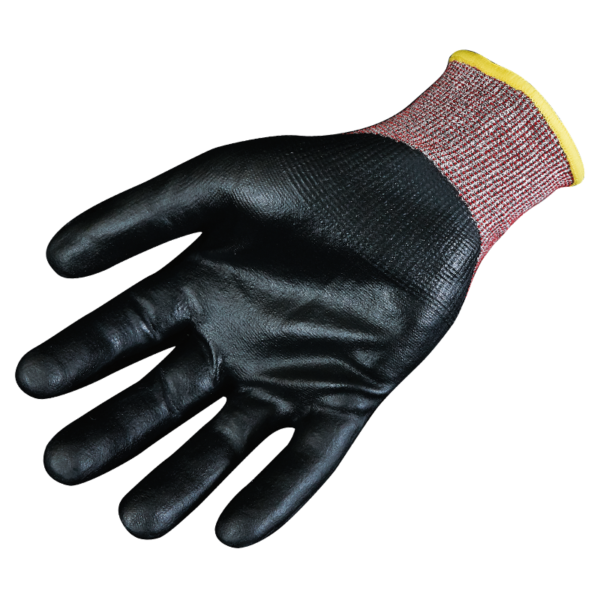
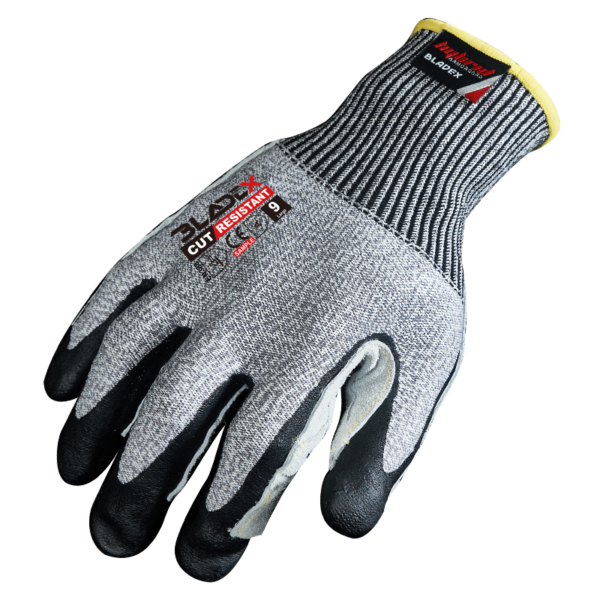
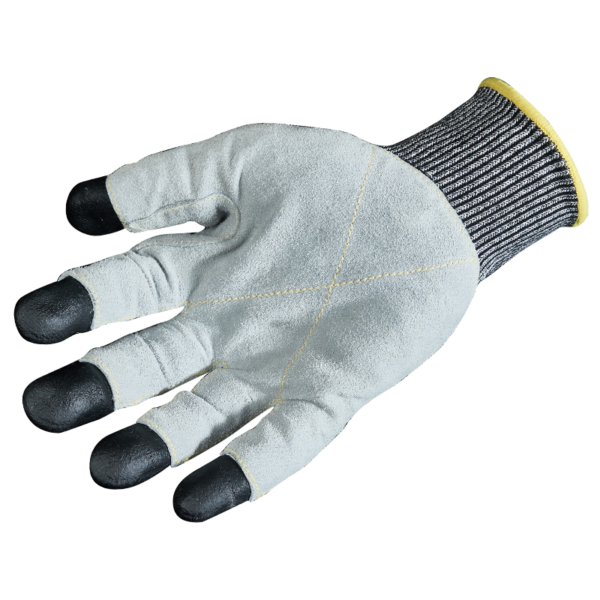
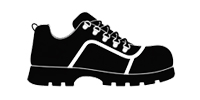 Safety Shoes
Safety Shoes 

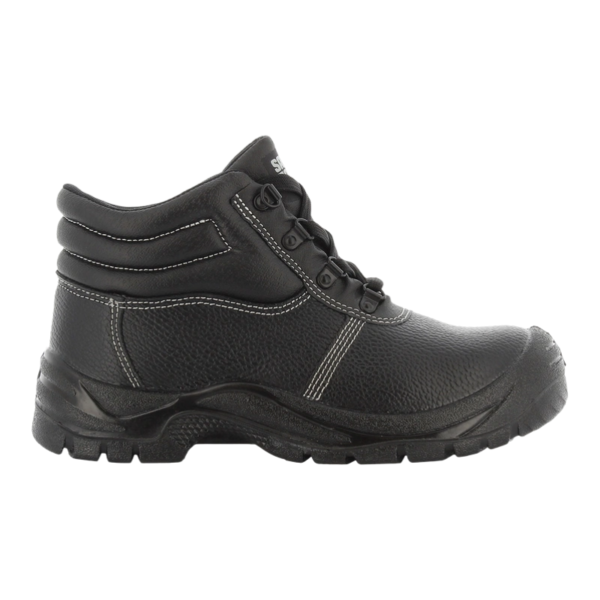


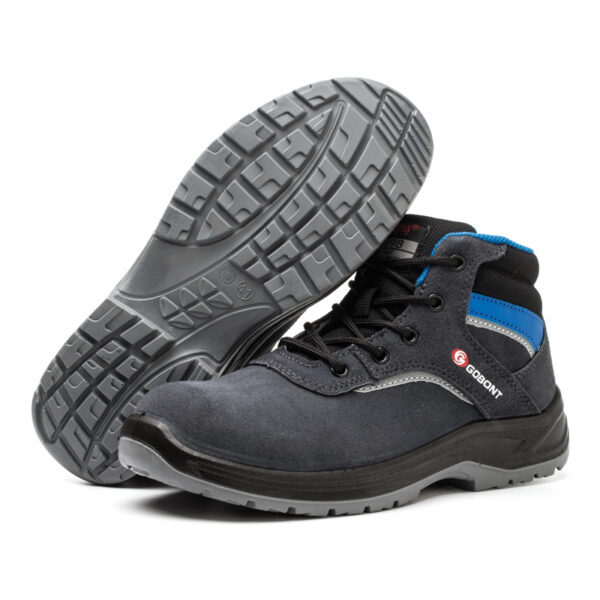

 Reflective Vest
Reflective Vest 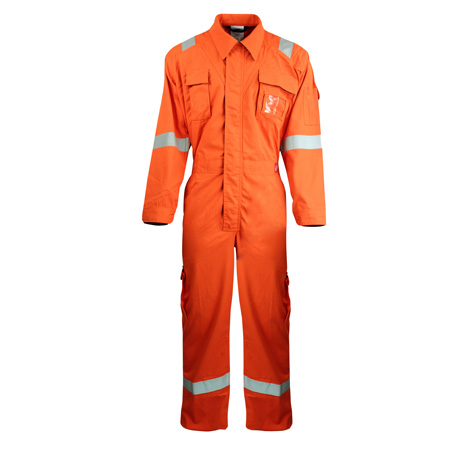
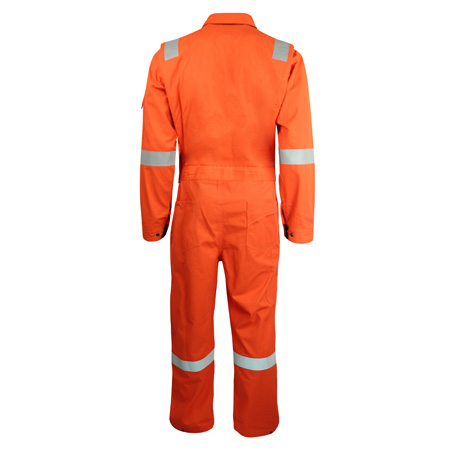
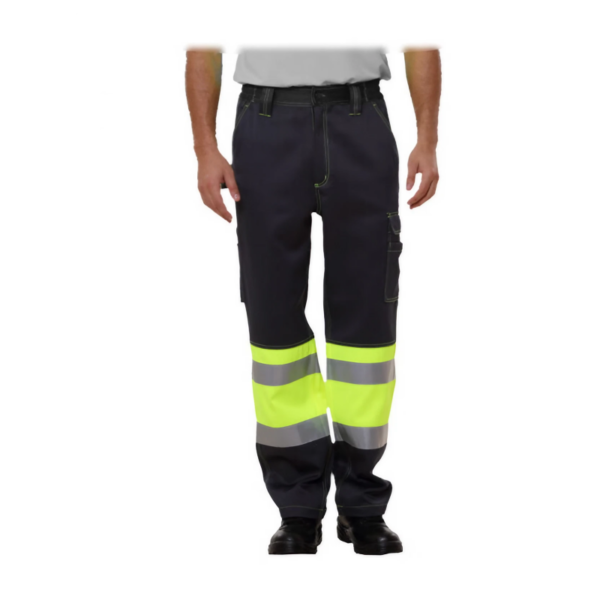

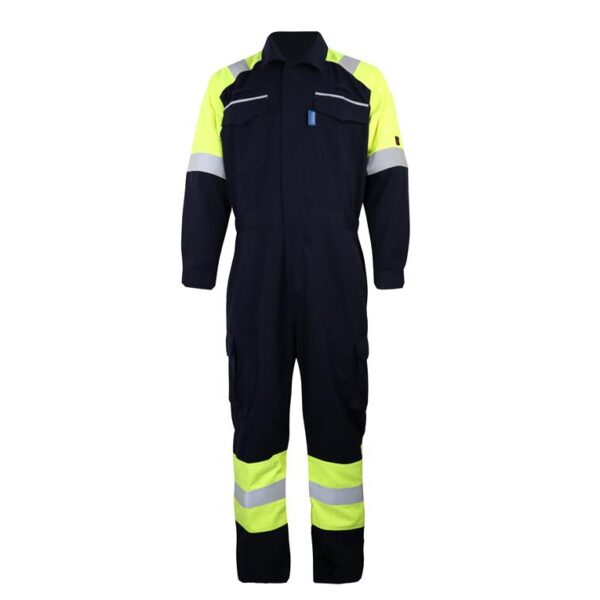
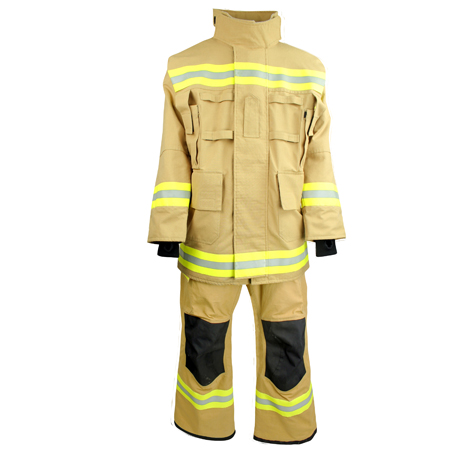
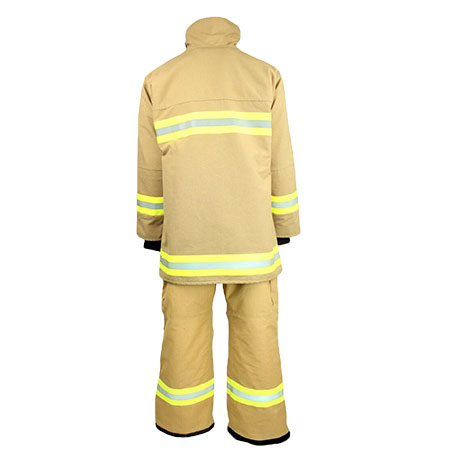
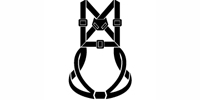 Safety Belt
Safety Belt 
